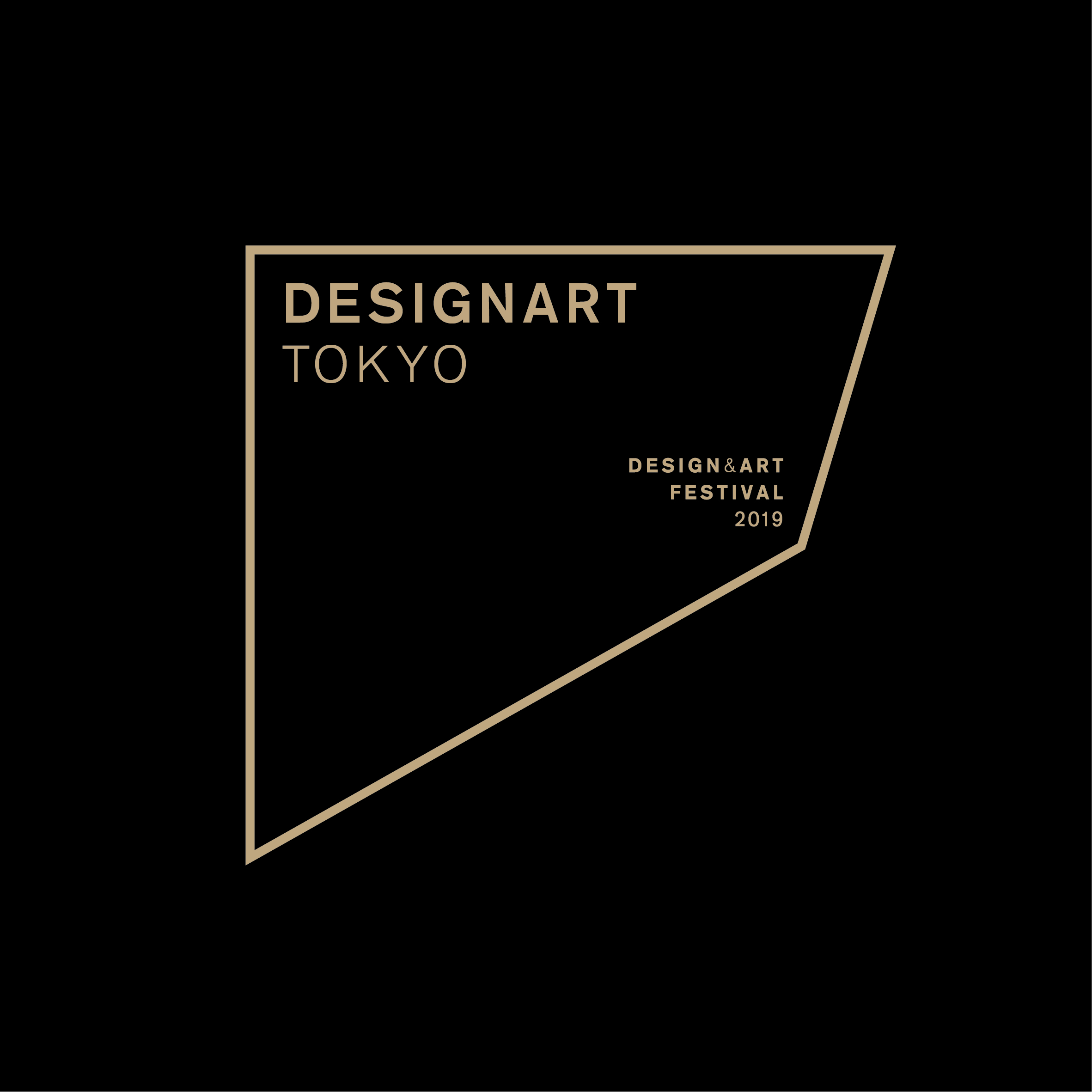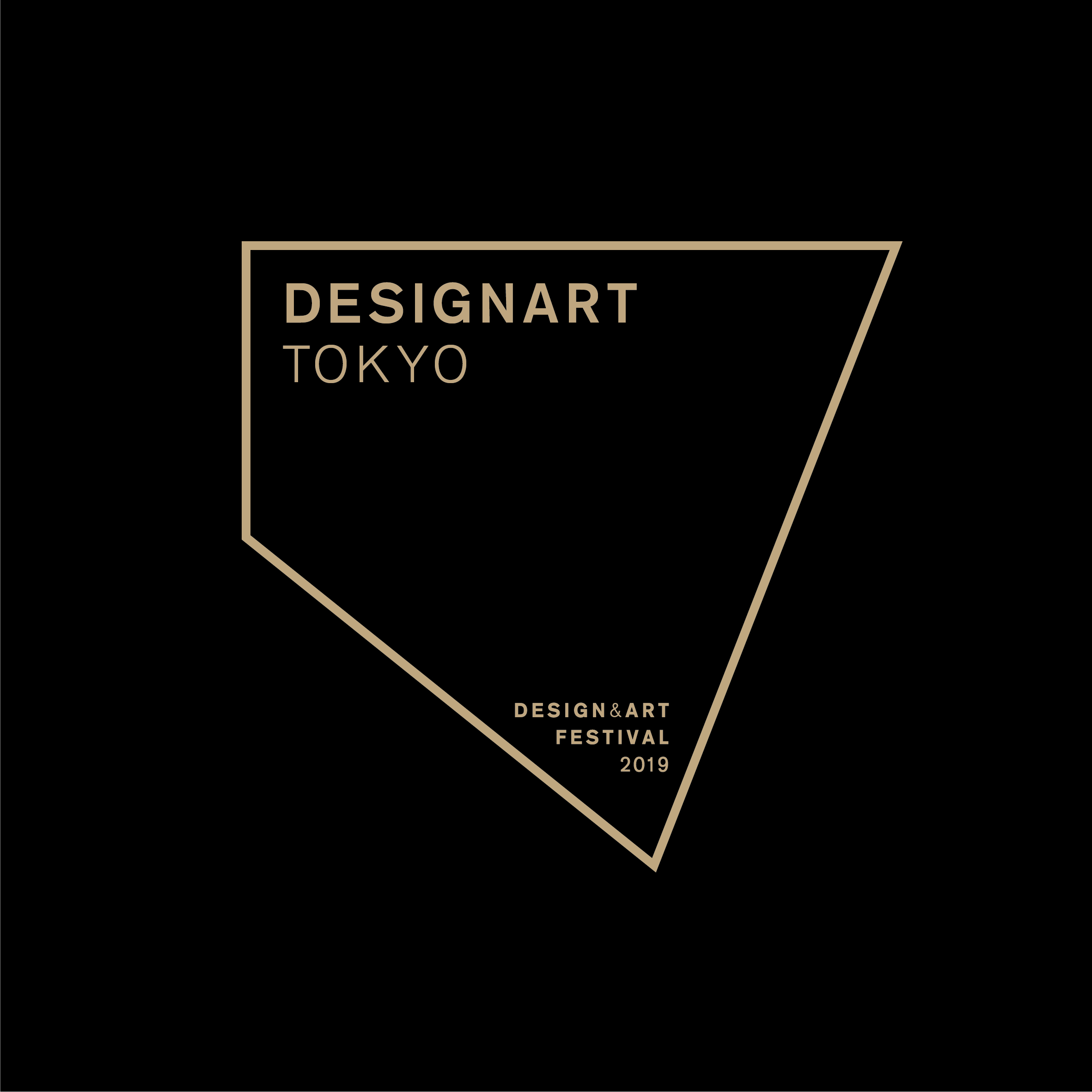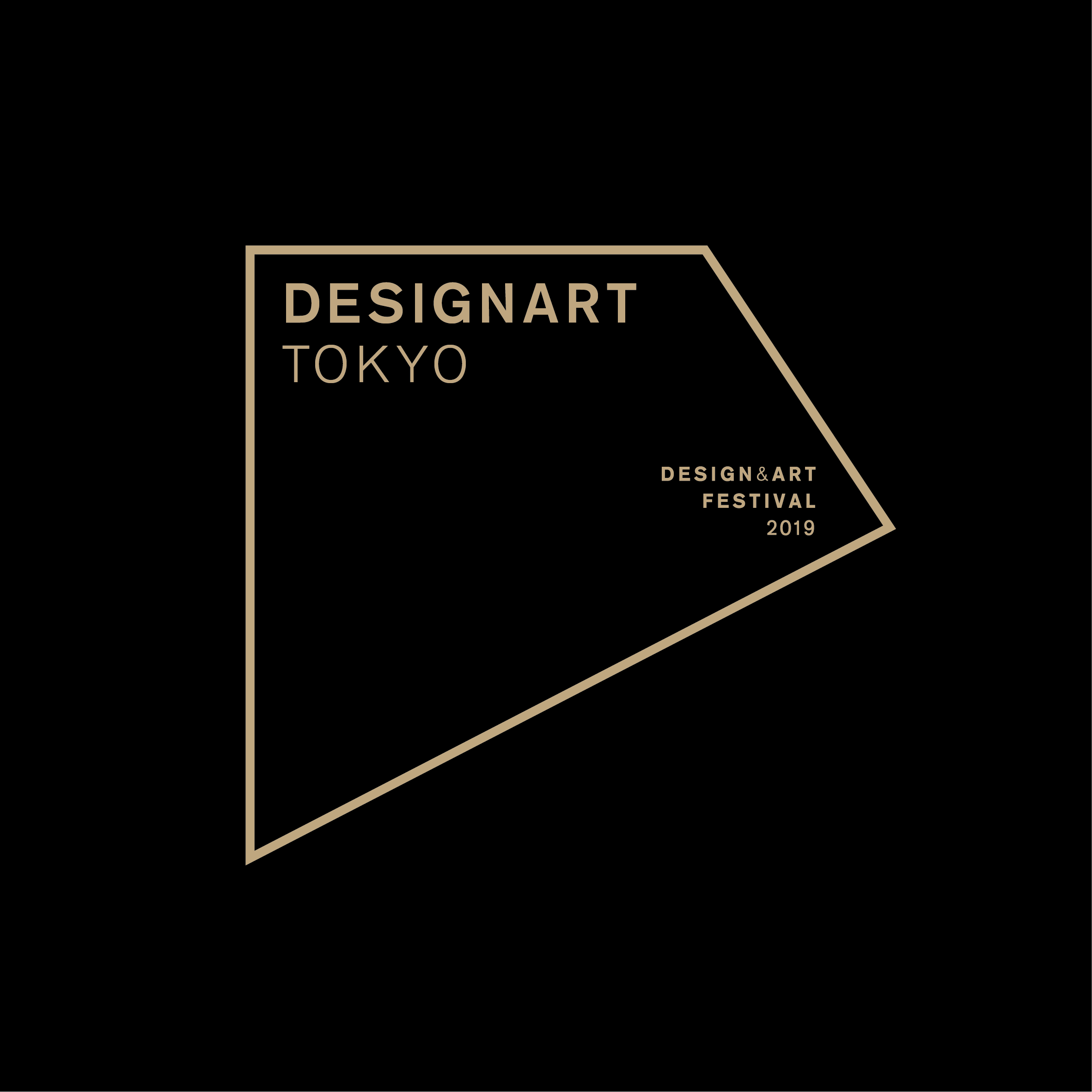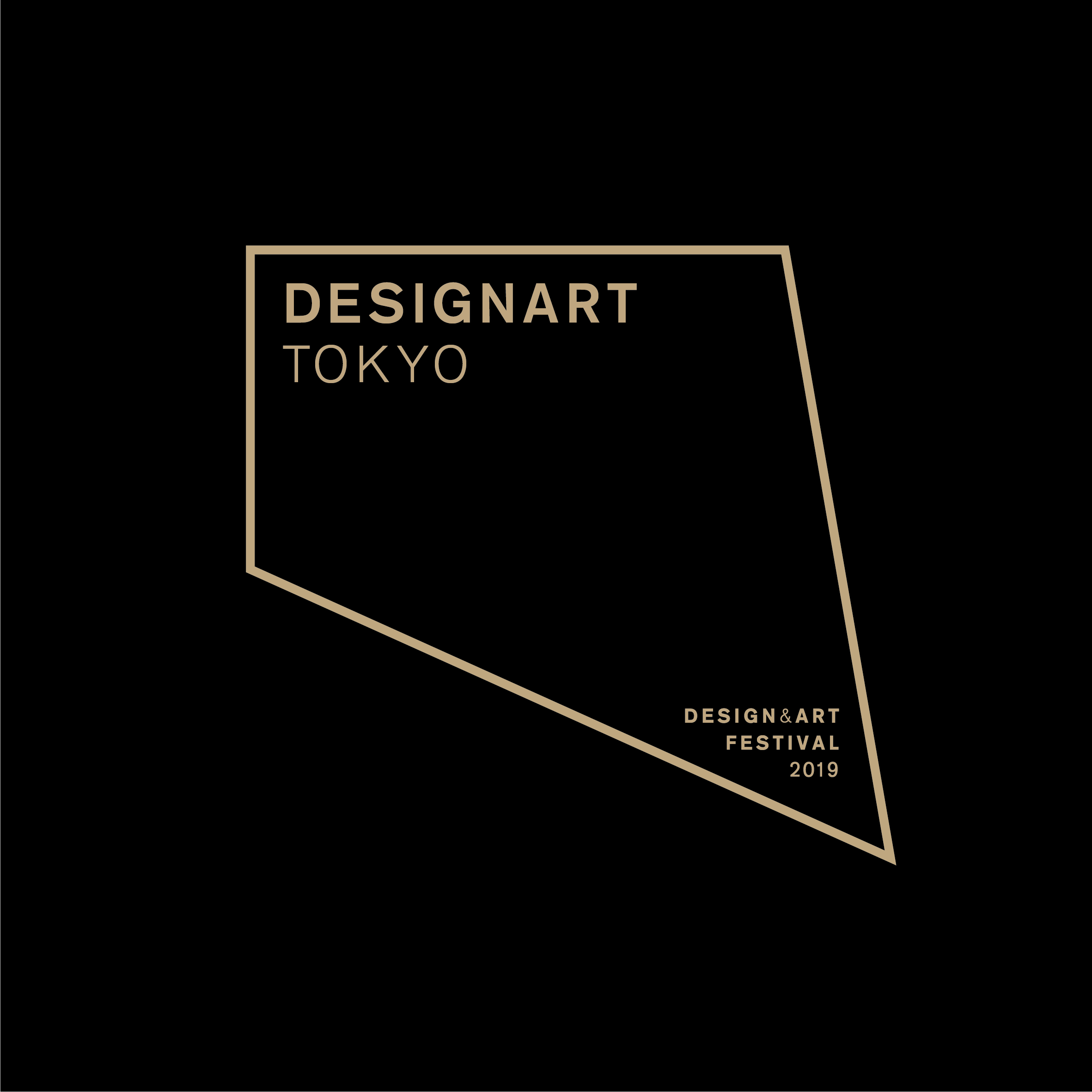What is DESIGNART TOKYO? (I)
Held each autumn DESIGNART TOKYO is one of Japan’s largest art & design festivals. With the concept of “Emotions”, interiors, art, fashion and food from all around the world are collected with a genre-defying spirit. Decorating the coolest areas of Tokyo with art, making it fun to walk around and visit all the different exhibits, transforming the entire city into a museum over the course of ten days.
Israel Announced as Official Partner Country!
Israel is decided as the Partner Country of this year's DESIGNART TOKYO. As part of the Exchange Project, more than 10 participants from Jerusalem Design Week (JDW) will exhibit their works. (From Japan, Shota Hayakawa and Yuri Himuro of last year's Designart Tokyo, have participated in the JDW 2019 in June.)
With a showcase of local materials, installations, projects and events stemming from the recent editions of JDW, the exhibition will explore the tensions and hybrids which define a unique Israeli design approach
Ginza & Shinjuku Join the Party!
TOKYU PLAZA GINZA X Bunkamura X Toraya Exhibition
< KIRIKO LOUNGE / Tokyu Plaza 6th Floor >
Tokyu Plaza Ginza will serve as the Information Center for the Ginza area. At KIRIKO LOUNGE, located on the landmark building’s 6th floor, poetry evoking the season of autumn in the Ginza area will be recited as part of an event titled “Gin-cha-kai” (Silver Tea Party), while Toraya, the venerable purveyor of Japanese sweets and patron of traditional arts and crafts, will be supporting an exhibition titled “TOKYU PLAZA GINZA Å~ Bunkamura SPECIAL PROGRAM ~ Toraya,
Principles of Japanese Sweets”, curated by Ryusuke Nanki. The show will examine the expression of the four seasons and the origins of craftsmanship through the lens of Japanese sweets, while visitors can experience the joys of creating Japanese sweets at the adjacent Sukiyabashi Chabo.
Lalique x Damian Hirst “Eternal” Collection
< Lalique >
The revered house of Lalique, known as “The haute couture of crystal glass”, has entered into a partnership with world-renowned contemporary artist Damien Hirst to produce a collection titled “Eternal”. Melding Hirst’s conception of “The Cycle of Life” with the house’s unrivalled craftsmanship has resulted in art pieces the likes of which have never been seen before and which visitors will be sure to enjoy seeing up close. ETERNAL IMMACULATE
Photographed by Fran.ois Fernandez ˝ Damien Hirst, Science Ltd and Lalique. All rights reserved, DACS/ADAGP 2017
Shiseido Gallery / From “Moulting”(2019) by Jay Chung & Q Takeki Maeda
< Shiseido Gallery >
Shiseido is a cosmetics brand whose identity is deeply entwined with the history of Ginza. Celebrating its centenary this year “Shiseido Gallery” is Japan’s oldest art gallery and this year it will participate in DESIGNART TOKYO for the first time. The gallery will be featuring an exhibition selected by Berlin-based conceptual artists Jay Chung & Q Takeki Maeda as well as an exhibition of craftsmanship featuring arabesque patterns.
Please stay tuned for more information with us or you may visit: http://designart.jp
An Interview with the Architectural photographer Tae-ho Jeong
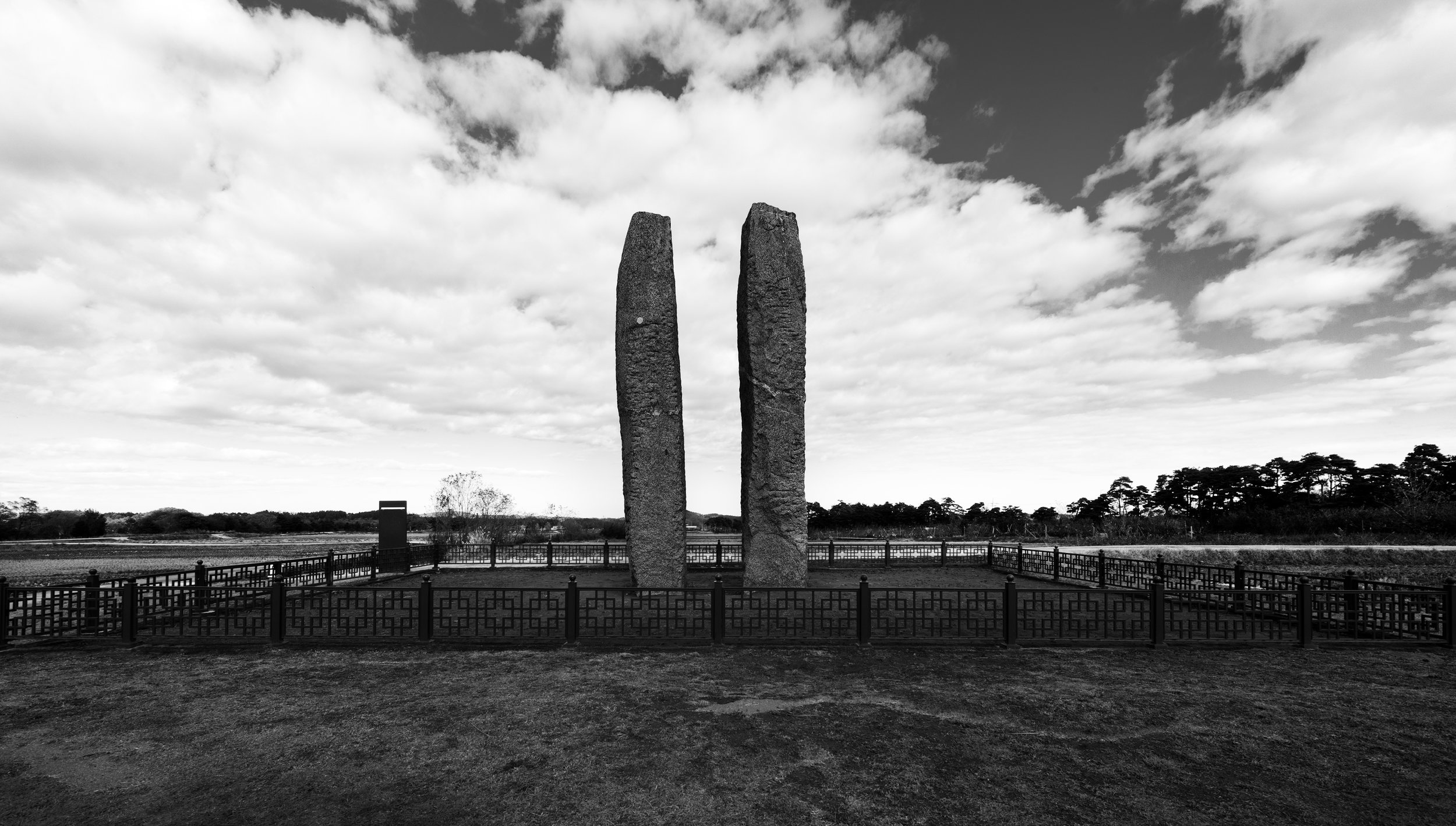
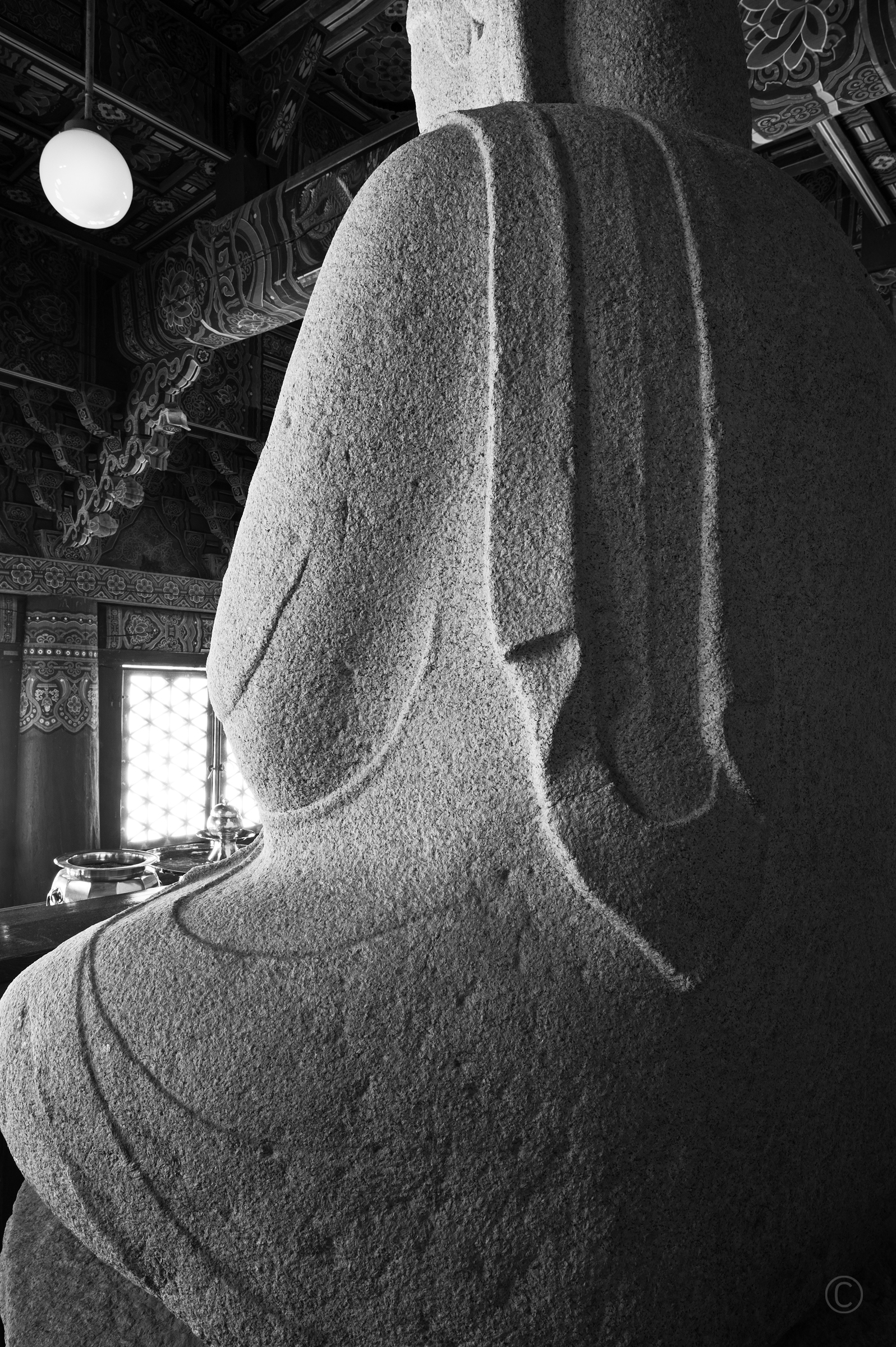
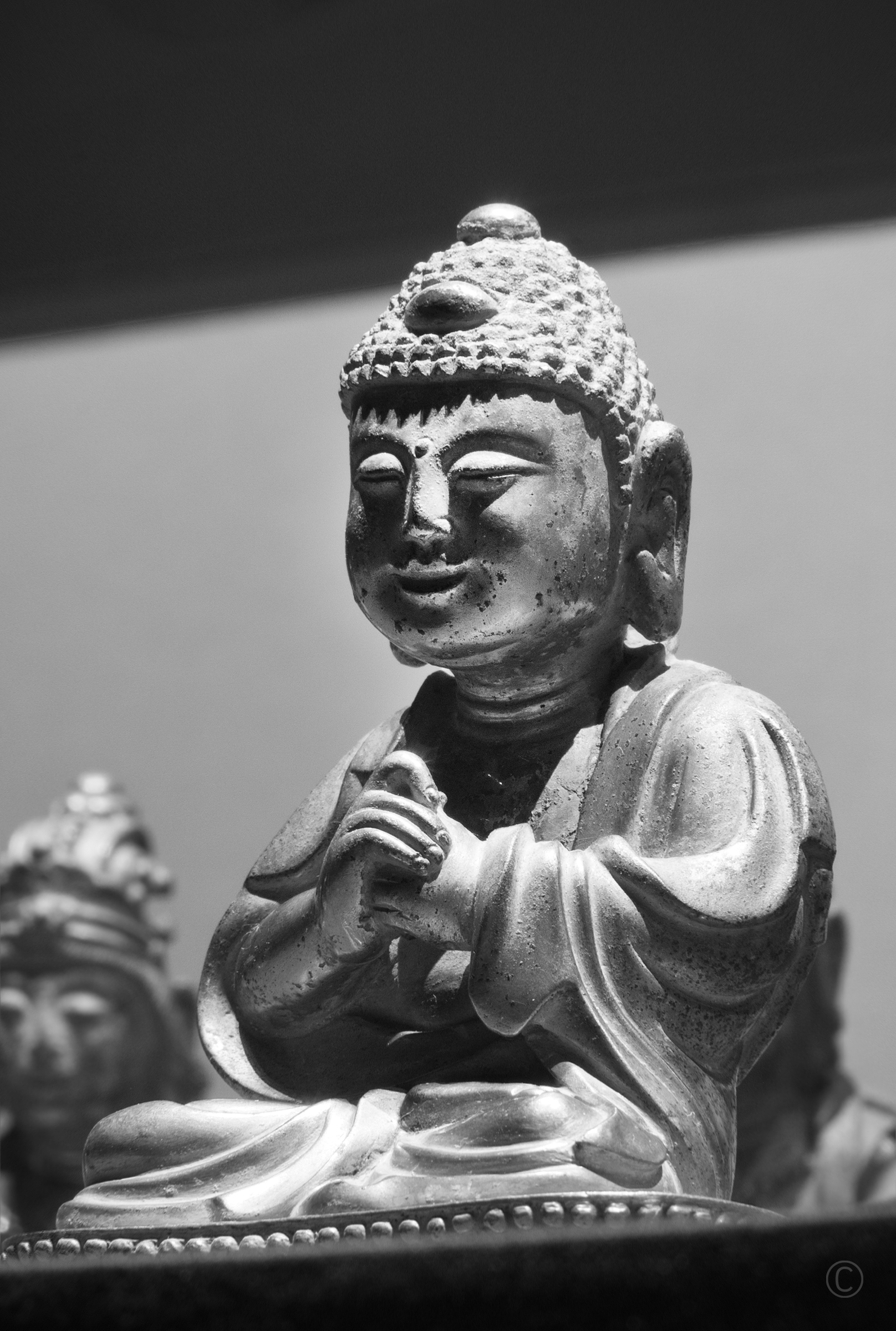
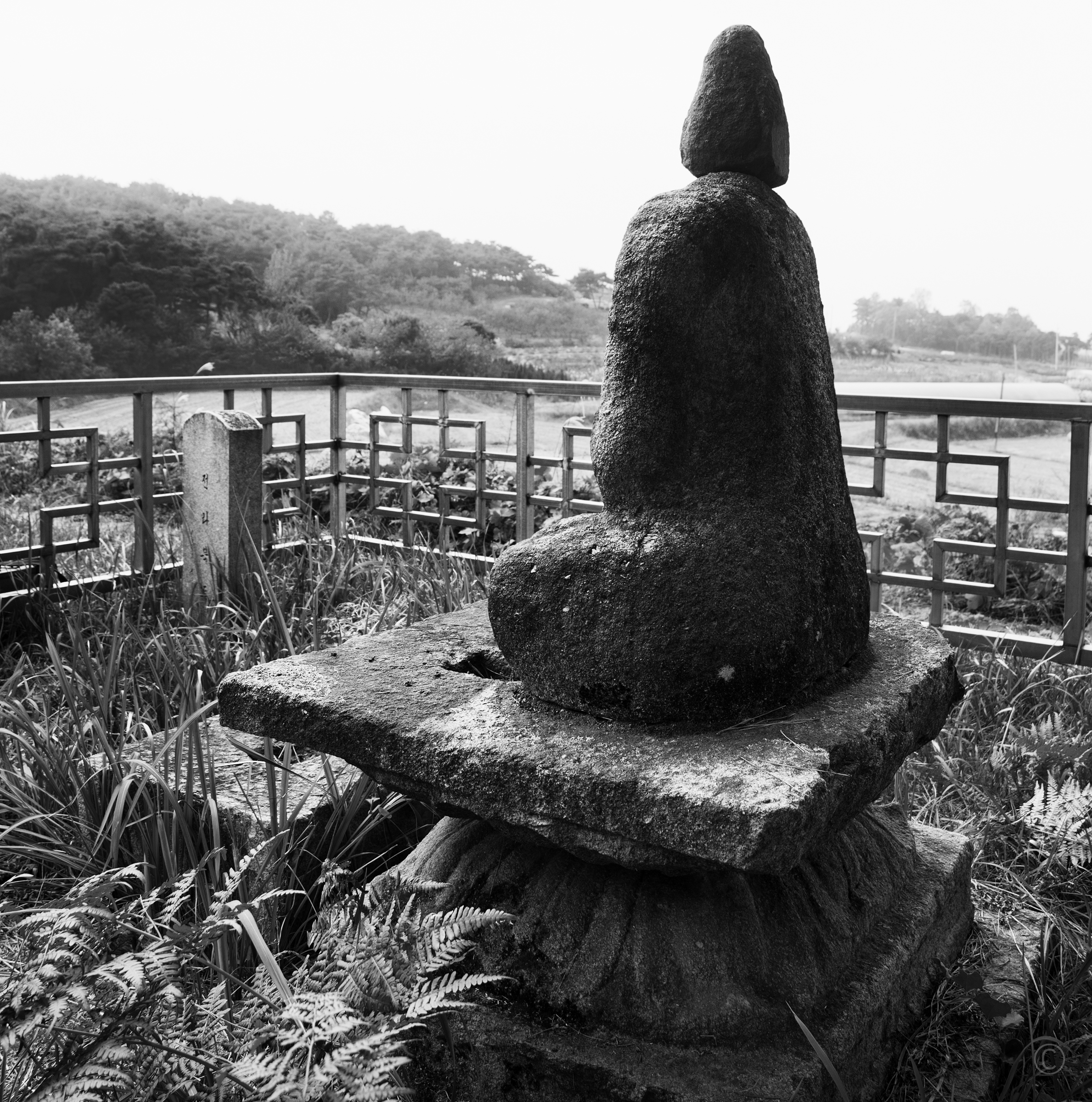
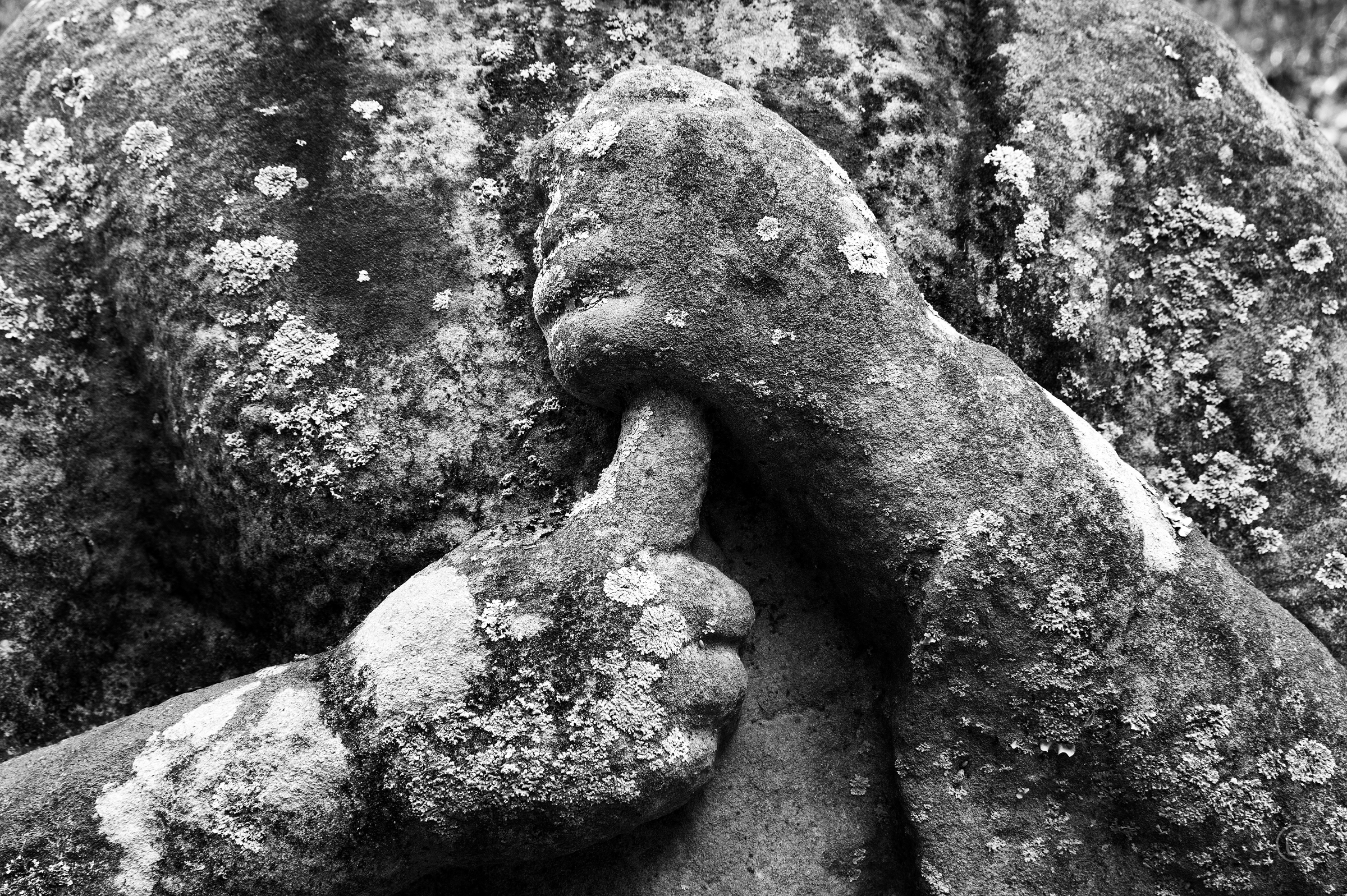
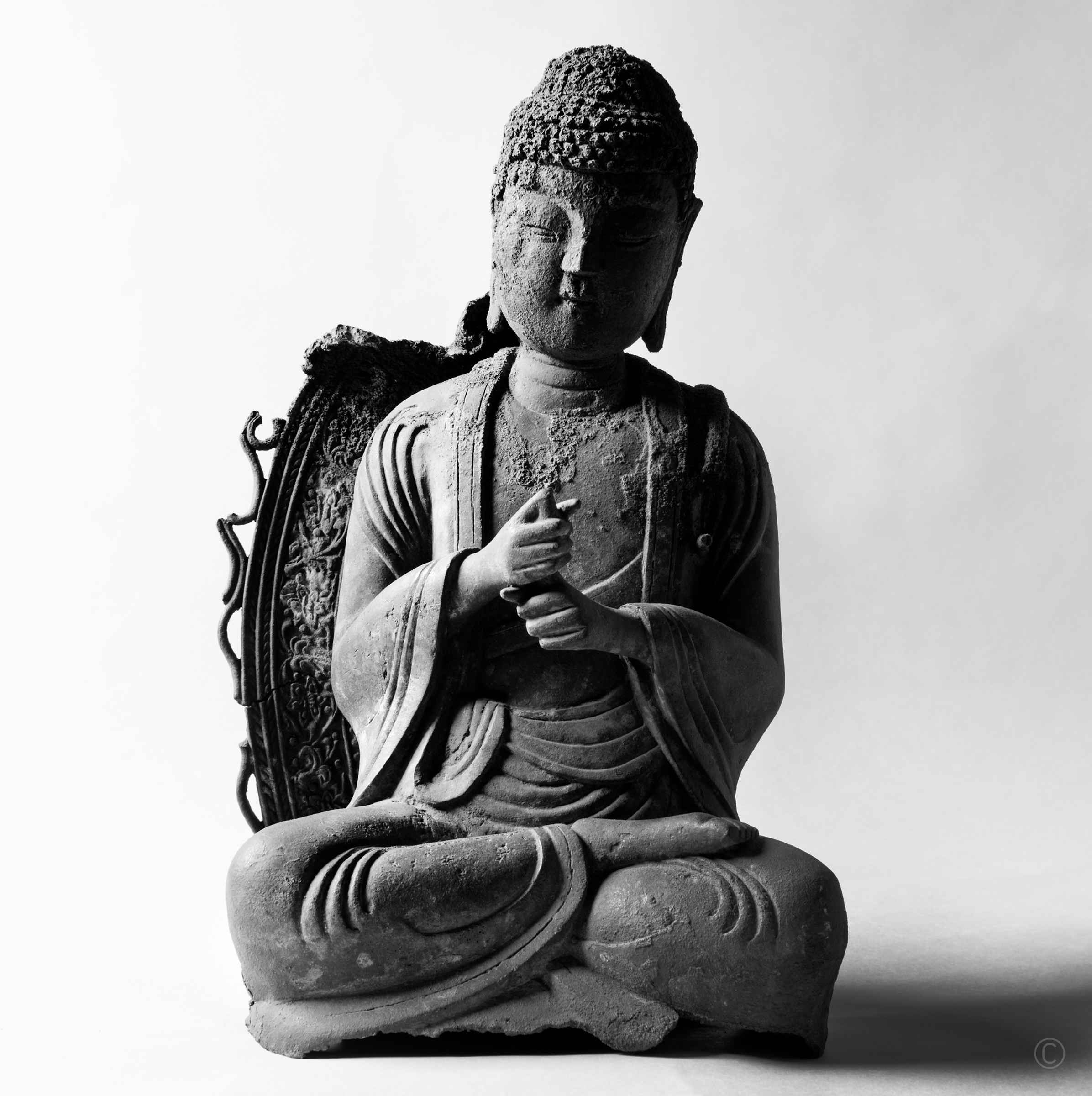
Architectural photographer Tae-ho Jeong graduated from Seoul Art College (Department of Photography) is acting as an expert photographer in the field of architecture and interior design. He represents Space Studio, is a regular member of KAPA (Korea Advertising Photographer Association), and works as the head of the photography department at the Interior Design Monthly. He held private exhibitions including Black and White Exhibition hosted by Yeon Art Gallery and Photo exhibition of Korea Interior Design hosted by Gwanhwoon Art Museum. He hosted a book publication ceremony <Light of Enlightenment - Vairocanna Buddha> and photo exhibition at Gallery LaMer, and held a private exhibition through the invite from Gyeongju World Culture Expo. As an active member of a diverse number of group exhibitions including the KAPA member exhibition and International Advertising Photo Exchange, he is remaining active in his work in related fields.
An Interview with Tae-ho Jeong
What are the major impressions you have in terms of differences in architectural photography and taking Buddha images?
I was committed in interior and architectural photography for the last 30 years in Korea. Then in recent 10 years, I devoted myself to showing Buddha images “as they are” with untainted documentary photography rather than through the approach of an architectural photographer. Architectural photography strongly involves capturing the beauty of artificial design and natural aspects together. Also, it is related to finding harmony between space and time.
In the contrary, reinterpreting the figures of delicately carved Buddha into conventional photographs, was challenging. In the beginning of my work, I spent several months to visit the same sites, consistently looking for the most perfect lighting from different times of the day. I eased myself as a photographer and tried to confront and reflect the nature itself as they are without artificial lighting and techniques. I made my best effort to “show them as they are” in purely documentary style photos.
What is your inspiration on showing Buddha images, and what is the message you’d like to convey?
Over 30 years of my career in architectural photography, I realized there is beauty of lines in oriental architecture, which led me to comprehend aesthetic matters from the figures of Buddhas. I personally believe Buddha himself has the most beautiful and generous smile of lines, embracing great depth of mercy. Furthermore, these thoughts guided me into a 10-year long master project.
I am a believer of Buddhism myself before I start my career as an architectural photographer and the teachings of Buddhism have encouraged my career with favorable result as a photographer. Not only just as a believer, but also as an architectural photographer, I think compiling and publishing all the images of the Buddhas scattered around Korea is one of the ways to contribute my skills to Buddhism in a meaningful way.
Over the 10 years of my project, I am strongly aware that numerous Buddhas were damaged from poor maintenance. I hope we all develop awareness of our vulnerable history. From a cultural perspective, the first Buddhist cultural book named <Light of Enlightenment - Vairocana Buddha> was published with a collection of 1,700 images of Buddhas, from the Unified Silla Period to the Chosun dynasty.
Also, I would like emphasis on the back of the Buddha statues to the world. Not a lot of people have the chance to see it and it has been misunderstood as solemn and obscure. Nonetheless, I can feel the monks have contributed significantly even on the rear part of the Buddha statues. I perceive that lines in the back of Buddha statues convey to the world great sense of energy and strength.
By taking this opportunity, I want to share the beauty of the lines of Vairocana Buddha. I hope this collection can bring more interests in Korean culture and Buddhism to everyone.
LIGHT BUILT ON A GREAT ROCK
When an event is held at a Buddhist temple, a flag called the ‘Tang’ is installed at the entrance of the temple. The pole where the flag is hung is called the ‘Tanggan’, and the two stone pillars on either side of the Tanggan’s to support the Tanggan is called the ‘Tanggan Jiju’. The Tanggan Jiju is set-up in front of the temple and is used to mark the sacred area. The biggest Tanggan Jiju in South Korea, At Gulsansa Temple, was built using one giant stone, and showcases the simple yet breathtaking beauty of sculptures. Built during the Unified Silla period, the 5.4 meter granite pillars vibrate with the power and wisdom of the Silla people. The sky was clearing after the evening rain.
A SMILE FROM THE HEAVEN
I cannot forget the moment I first saw the statue. The second it revealed itself from the dark museum storage (after requesting a viewing with much difficulty), I saw a treasured heavenly face, shining an endless smile upon me. I was lost for words for its dignified form did not succumb to flames hot enough to burn the body. The slightly imbalanced face allows mankind to realize ‘something’ deep inside their heart.
THE HEAVEN’S AND EARTH ARE ONE
The ‘Ji-kwon-in’ is a handshape which implies ‘reason and wisdom, all creatures and Buddha, and delusions and enlightenment are one by origin’. Thus, posing the Ji-kwon-in means ‘sound wisdom and rapid enlightenment can be attained through a devout disposition’. The basic form of the Ji-kwon-in holds the two hands in front of one’s chest, holds the left-hand’s forefinger up, and wraps it with the right-hand so the tip of the left-hand forefinger and bottom of the right-hand thumb touches each other. Granite may be well-known for its hardness but seems like it also cannot withstand the weight of time. This photo reflects my intention to focus on becoming one with Buddha and gaining inner peace and rest through the help of the flower blossoms on Buddha’s body.
“It was a big challenge and pleasure to seek out an untaken track. It is my honor to hold an exhibition before the important people who foretold me about the values of the challenge. It was a great pity that there was no guidebook on Buddhist images on the level of the whole country despite the fact that Buddhism had left numerous cultural heritages for us for 1700 years since the religion was introduced to this land.
But at last, it has materialized. I devoted myself to showing Buddha images “as they are” with untainted documentary photography rather than through the approach of an architectural photographer. Lastly, I would like to give big meaning to the fact that the photos collected in the book were surveyed and taken by myself without external assistance.
I would like to invite you to the photography exhibition at the Hong Kong Art Fair. It would be a great pleasure to see you at the event.
Thank you
Photographer Tae-Ho Jeong”
For more detail information, please visit: www.spacephotostudio.com or visit https://www.asiacontemporaryart.com
The Spring edition of the Asia Contemporary Art Show is held on the 40th to 43rd floors of the 5-star Conrad Hong Kong in Pacific Place.
DATES: March 29th - April 1st, 2019
UNIONPAY PRIVATE VIEW (by Invitation only)
Friday, March 29th - 3pm to 5pm
UNIONPAY VIP COLLECTORS PREVIEW (by Invitation only)
Friday, March 29th - 5pm to 9pm
GENERAL ADMISSION
Saturday, March 30th - 1pm to 8pm
Sunday, March 31st - 1 pm to 8pm
Monday, April 1st - 11am to 6pm
PARKING, MTR, TAXIS
The 5-star hotel is conveniently served by the MTR station in the basement of Pacific Place and has abundant car parking and taxi ranks outside the hotel or at Pacific Place 1 and 2.
VENUE ADDRESS
Conrad Hong Kong — Pacific Place, 88 Queensway, Hong Kong
An interview with Yoichiro Nishimura
Flowers of the Shadow
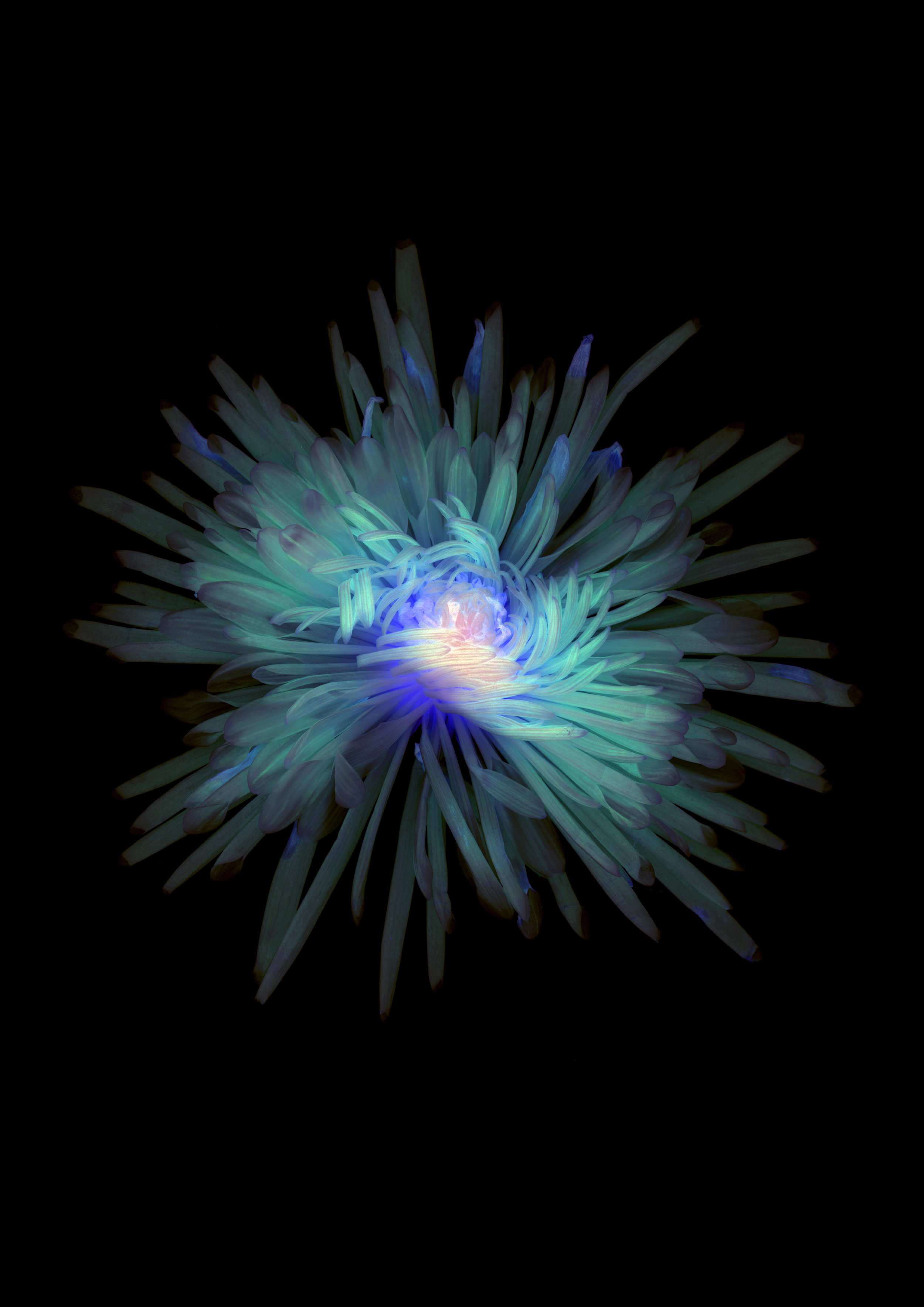
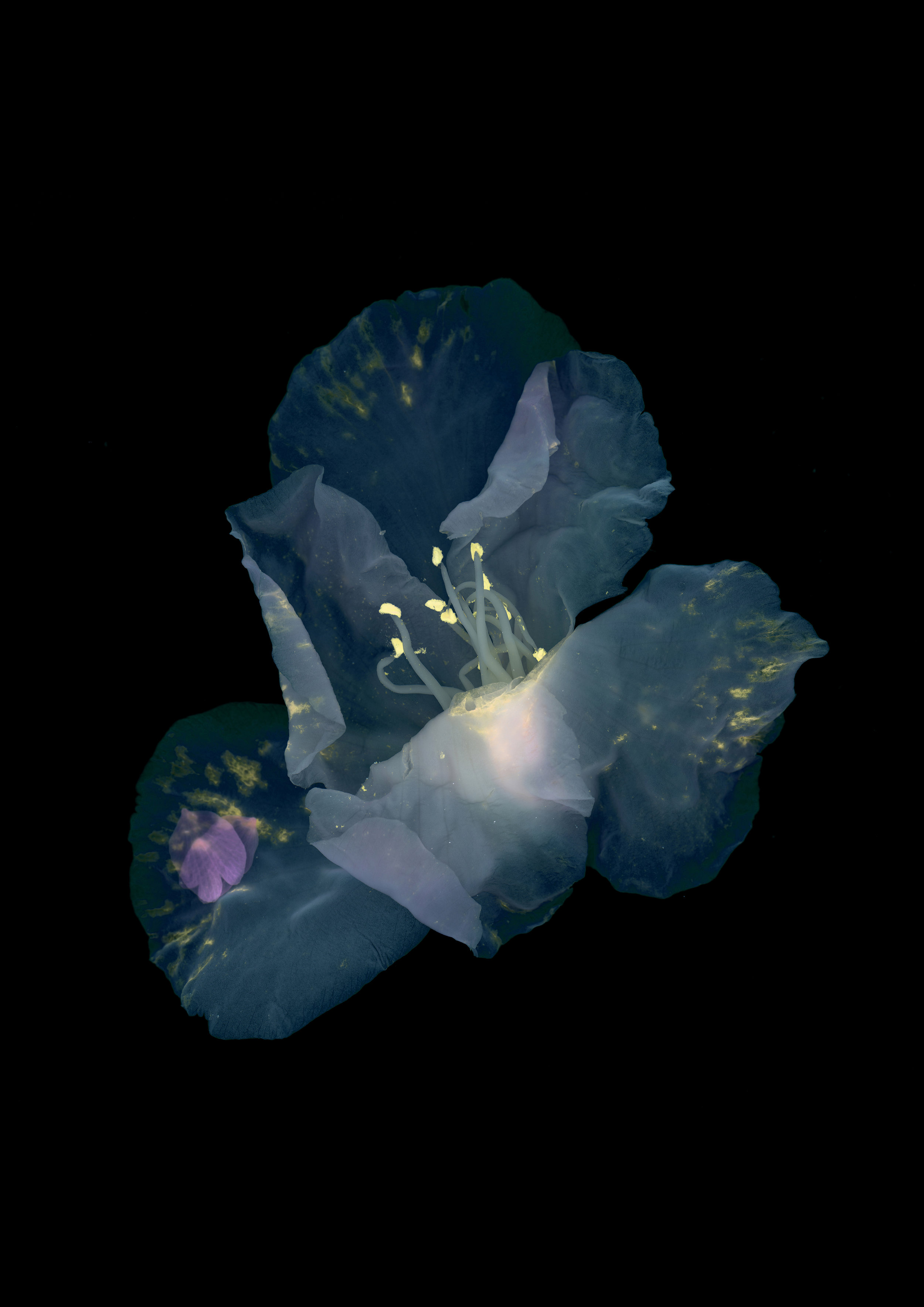
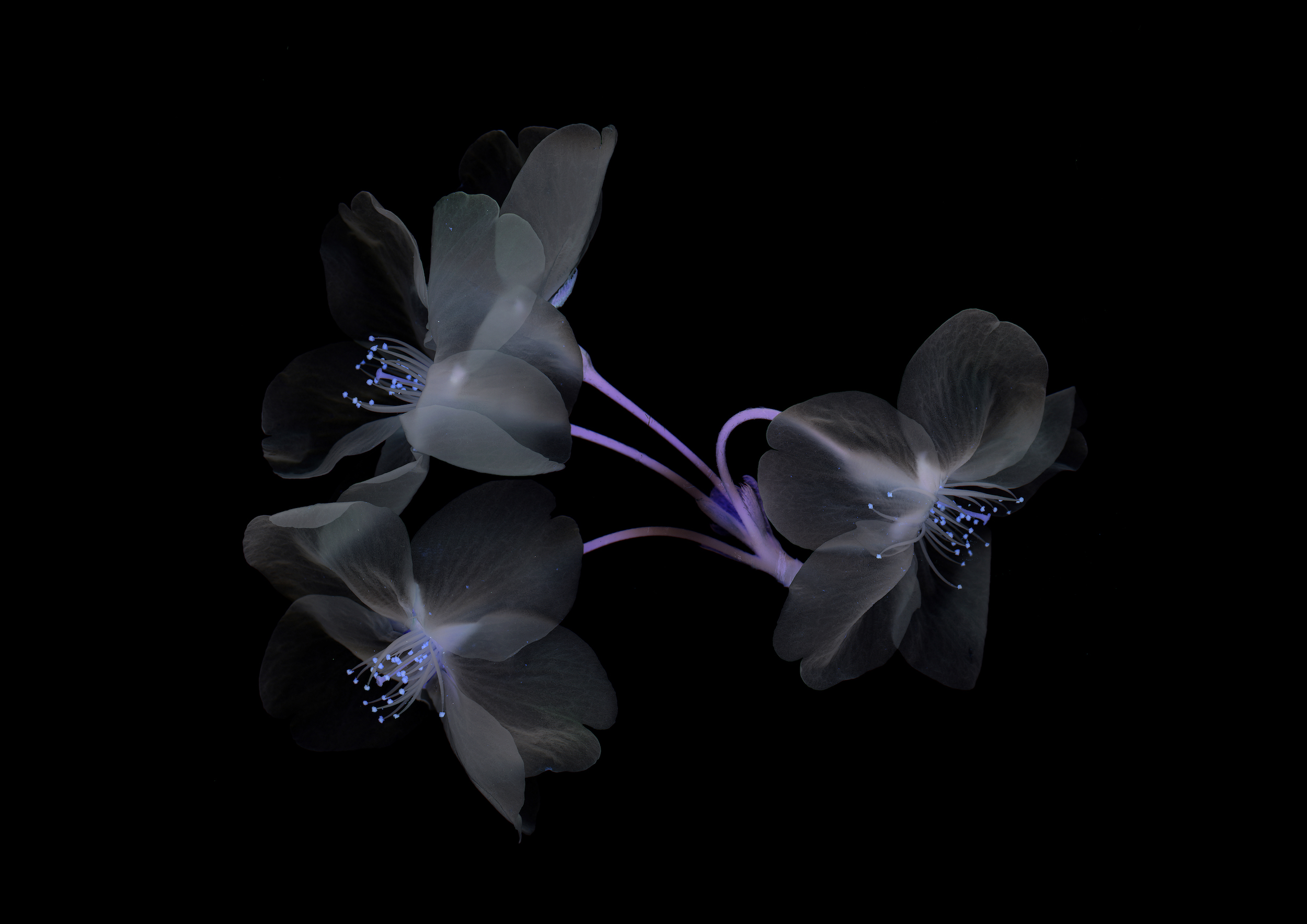
Photogram is one of the oldest techniques in the area of photography. In fact, this could be said to have existed before the invention of photography; there are historical records, predating the creation of photography, which describes the process of capturing a photographic image, by placing the object on top of a paper coated with silver chloride and silver nitrate, and exposing it to light.
Being fascinated by the medium of photogram, Yoichiro Nishimura has continued to apply this technique into many of his artworks over the past years. His practice is not about mere representation of a conscious revival of traditional techniques, nor a return to the source. For Nishimura, photogram is rather a promising ground that allows him to explore and expand his new creative expressions; furthermore, the medium could indicate the possibility of new photographic expressions, still yet to come.
Nishimura has undertaken a new and original photographic technique, which he calls scangram. Scangram (Scanography) can be described as a digital version of photogram. It is a technique to create a negative digital image of an object, such as owers and leaves, by placing them on top of a scanner. Thee biggest feature is in how the color is reversed from the original color into the complimentary color, as much as how the form and outline of an object is captured; thus a red Hibiscus or Azalea would result in a blue-ish outcome. The visual is extraordinary; the owers exude a mystic atmosphere, as if they were bathed in moonlight. rough transforming themselves from the world of the positive to the negative, “owers of the shadow” come to light. When looking back in the history of photography as media expressions, we come across practitioners - similar to magicians or alchemists - who indulged their passions in creating mystical images, rather than representing or documenting the reality as it is. For them, photogram remained an important tool for their creative expressions. Man Ray, known as “alchemist of images” , is one of the many practitioners of photogram representing the 20th century; and clearly, Yoichiro Nishimura is a photographer following the same artistic lineage.
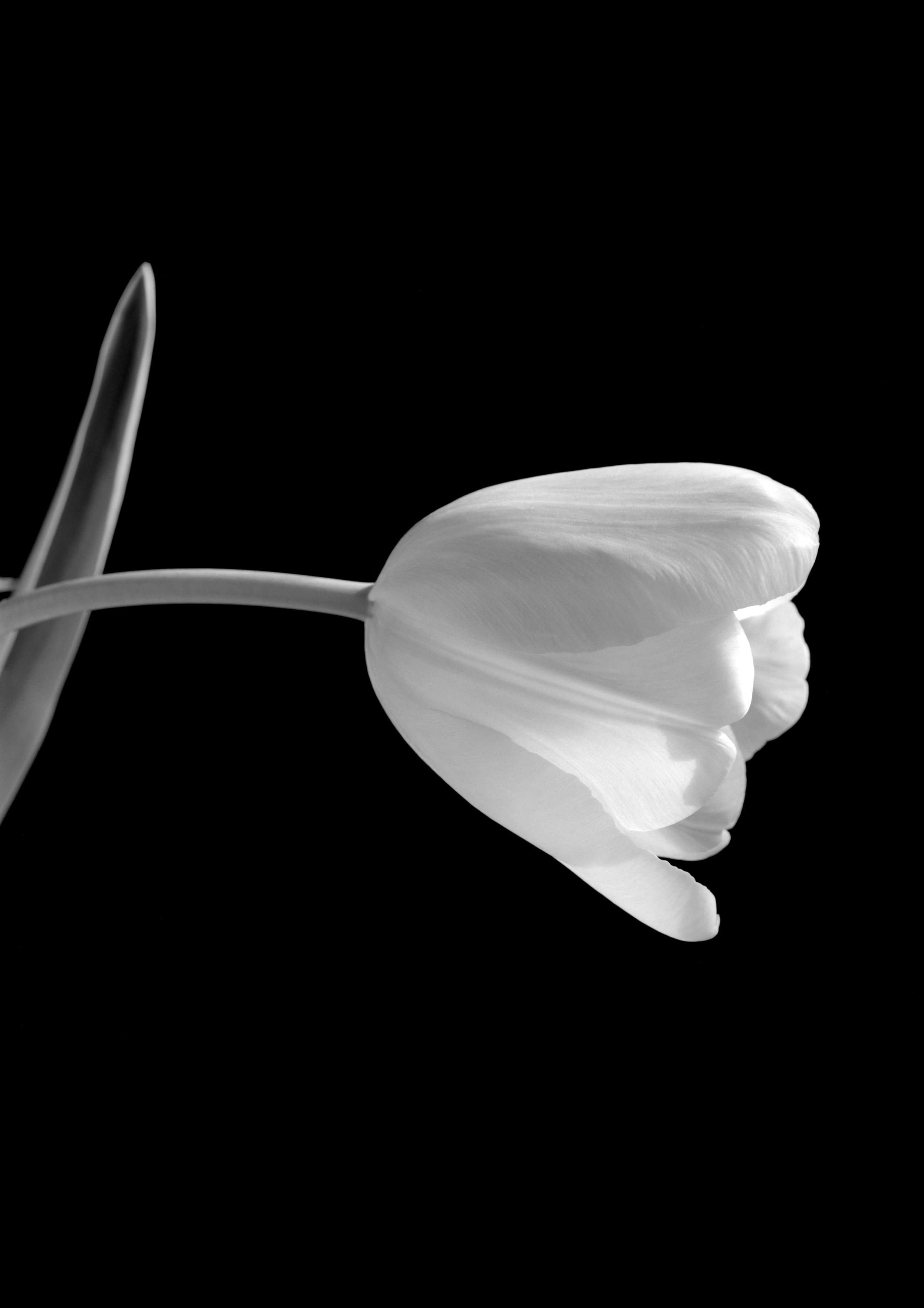
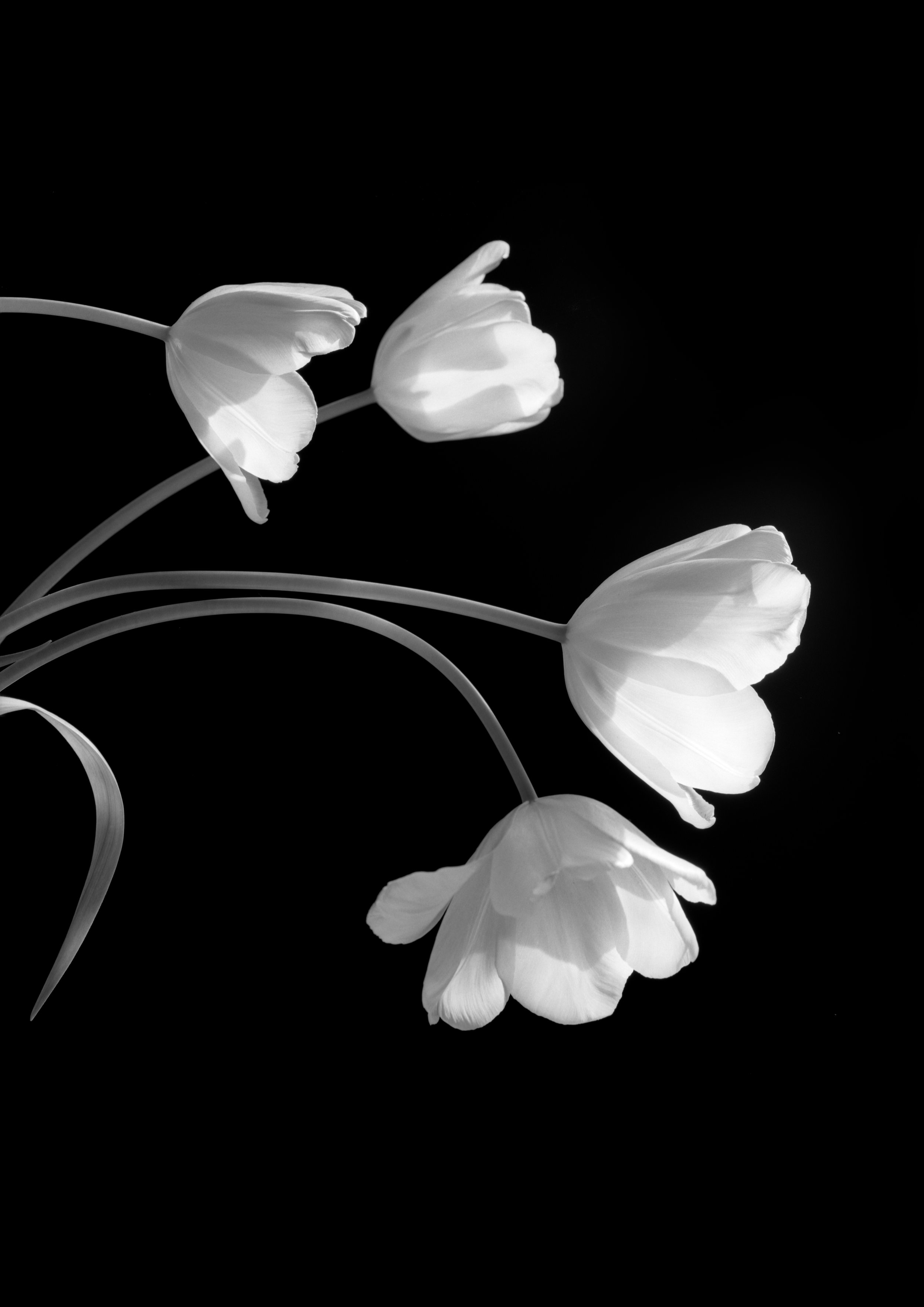
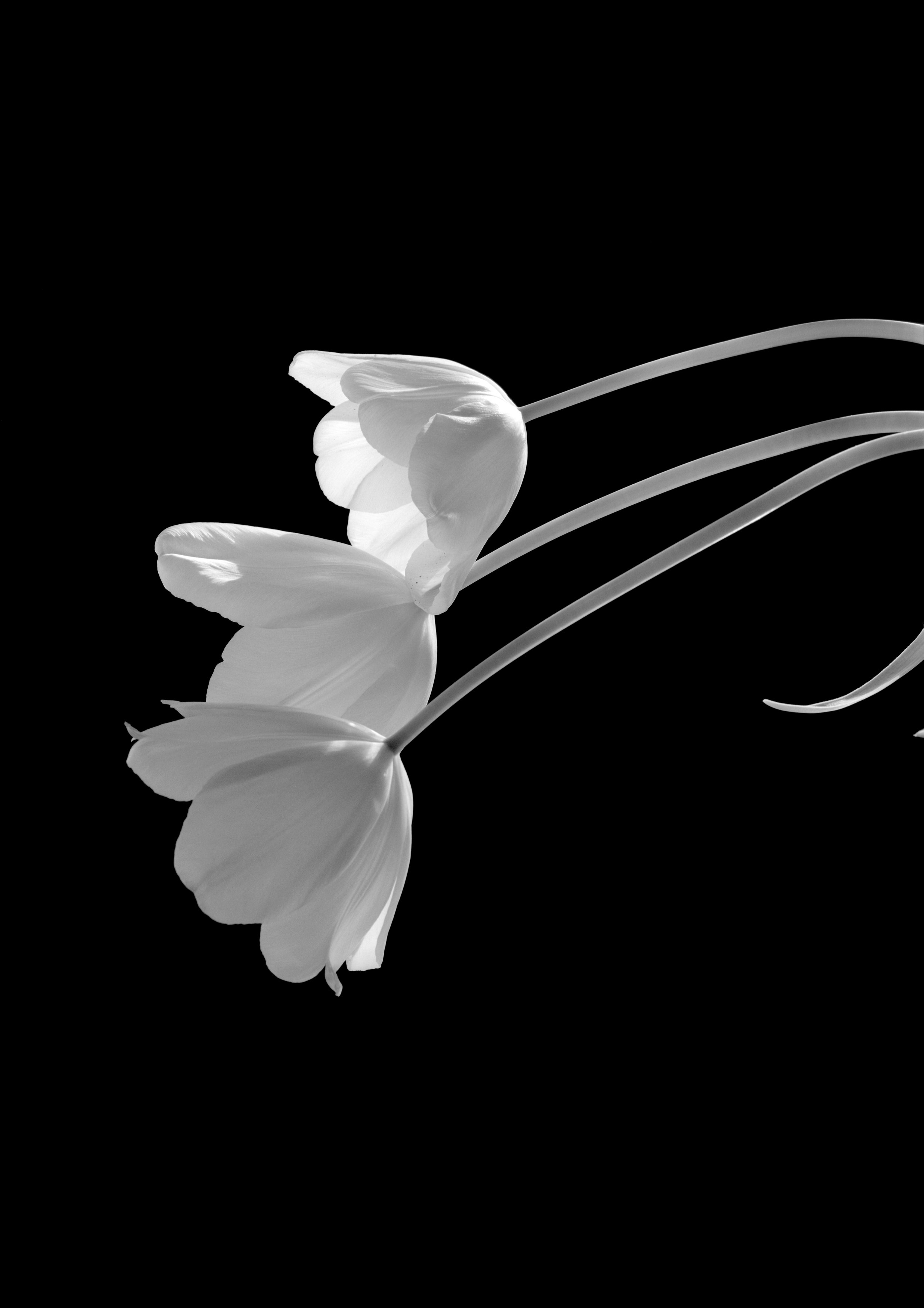
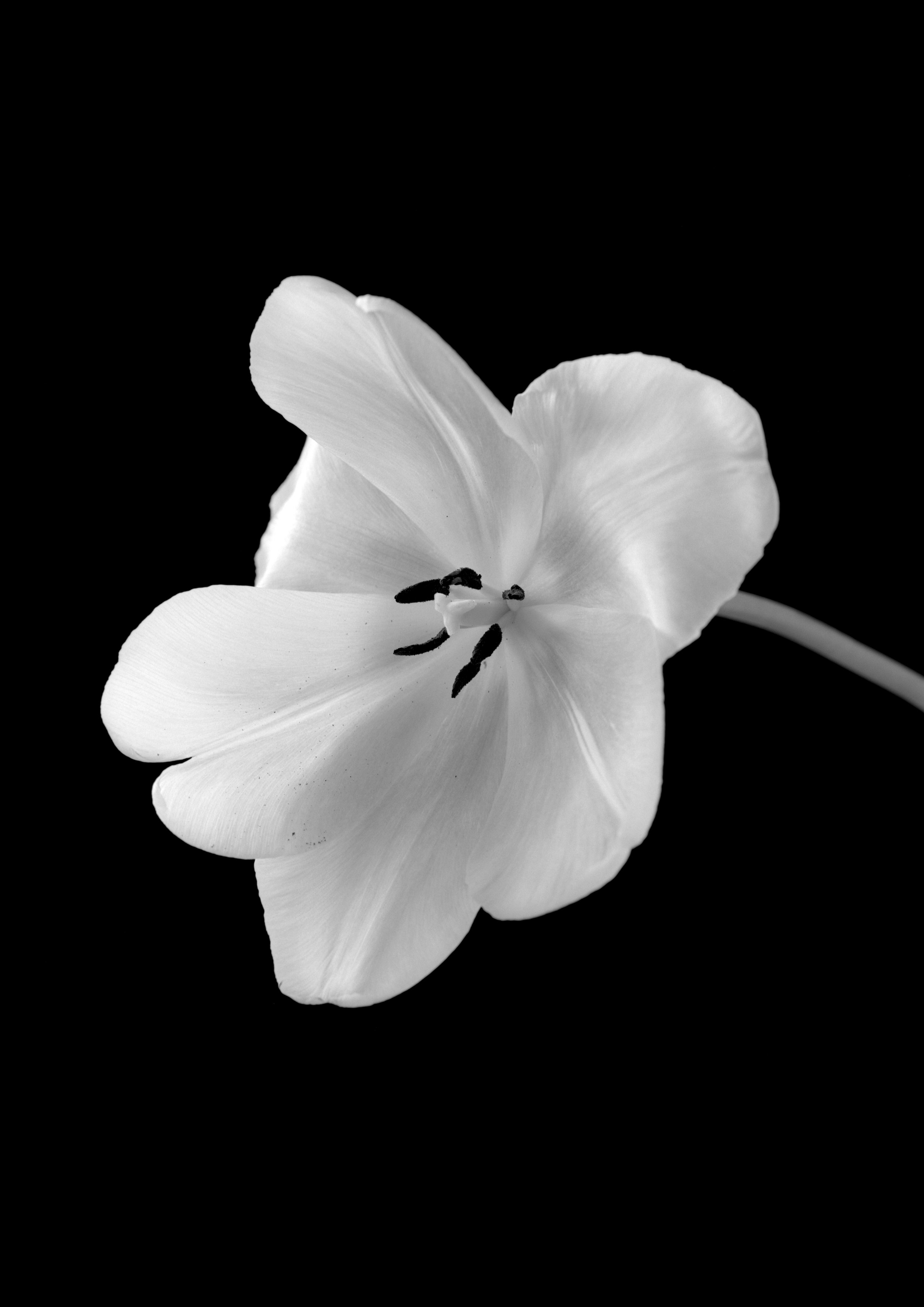
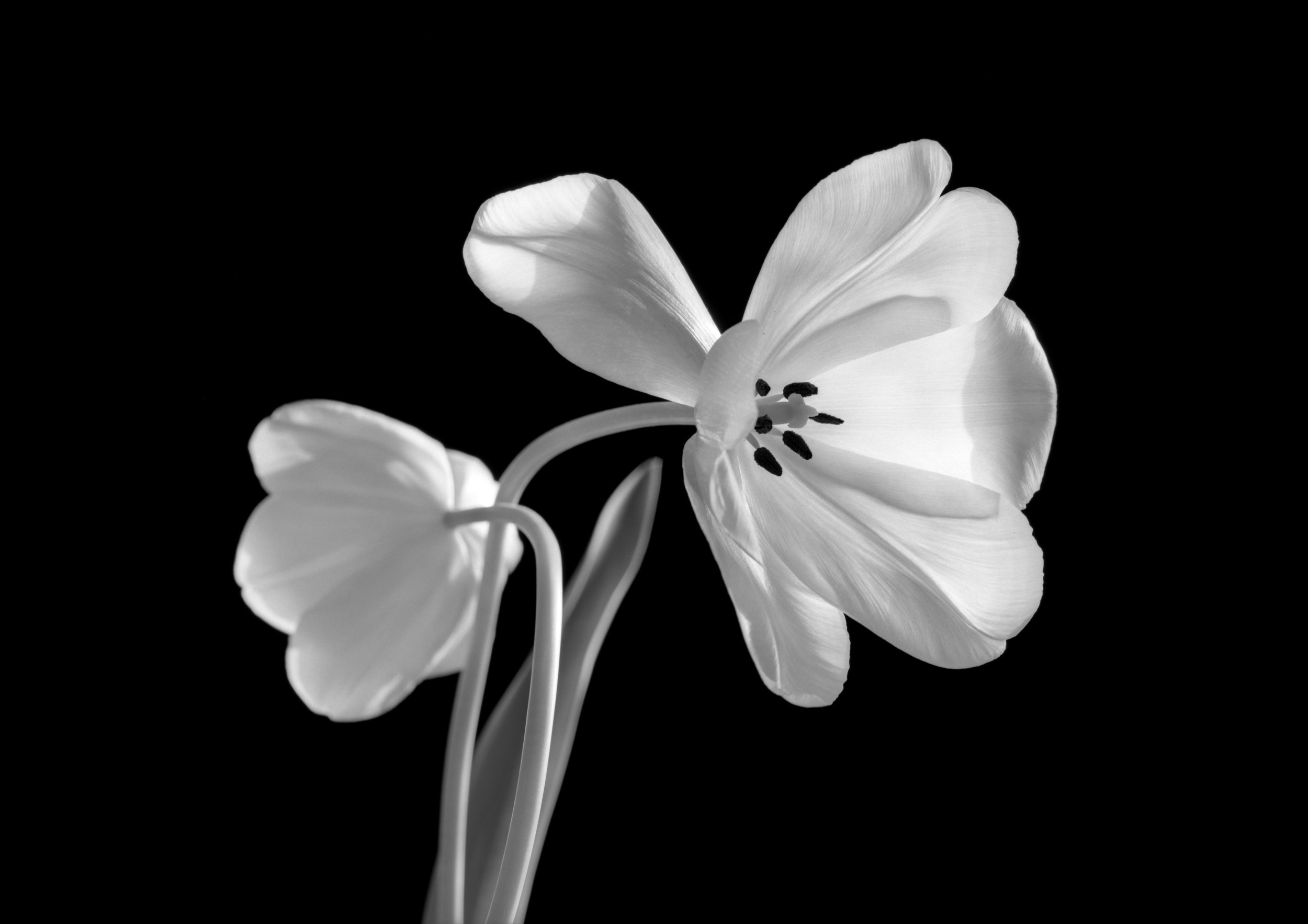
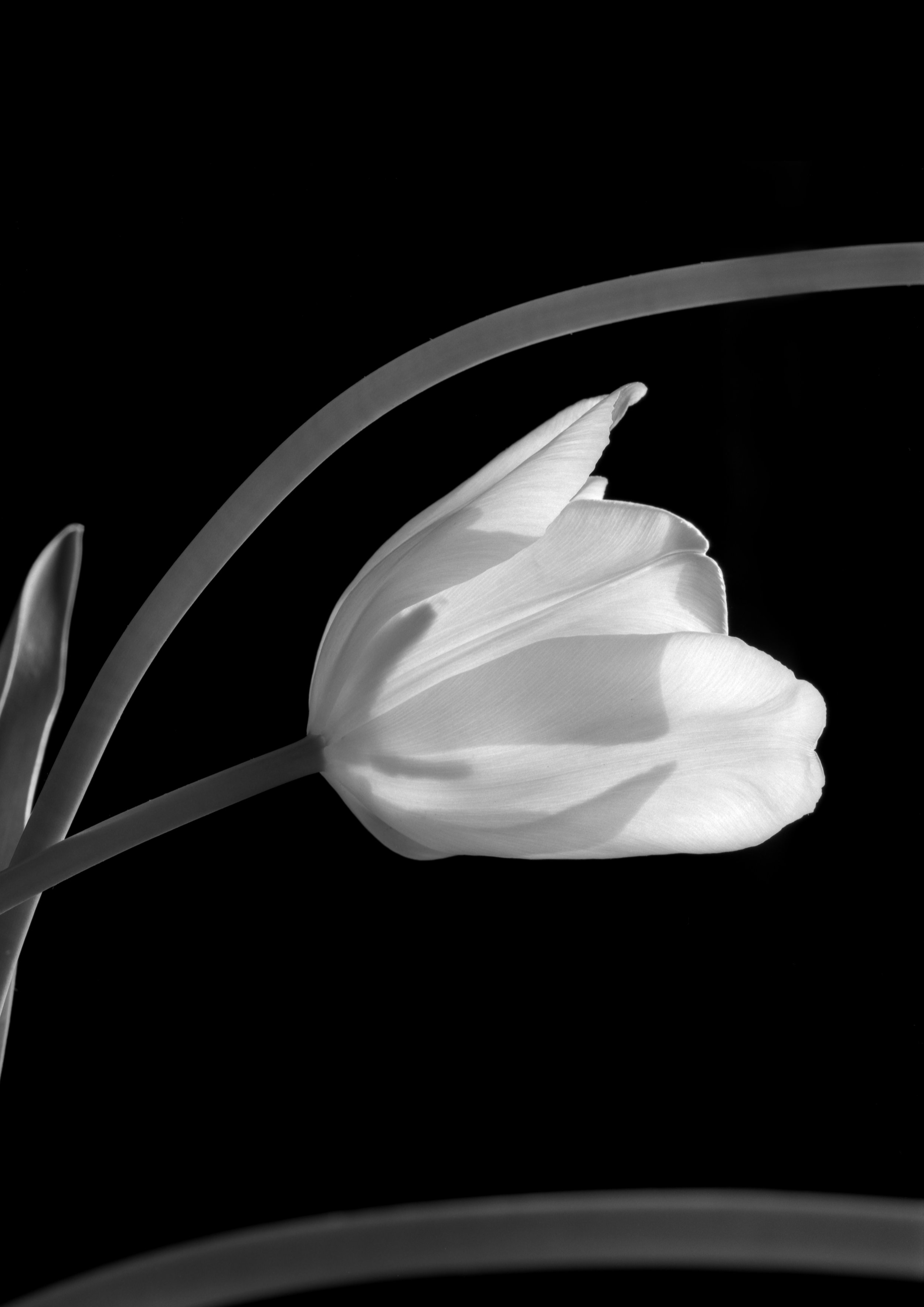
His exploration of photogram will show no end. In the case of scangram, I see no reason why the motif should be limited to plants; potentially, the range of subject matter could be expanded to various objects and living things – including human. Having said that, I feel it was genuinely positive that he started the series with botanical motifs; as the “owers of the shadow” , emanating subtly in the darkness, illuminate the artist himself - reticent, yet remarkably passionate deep inside.
Merci’s Editor-in-chief have an interview with Mr. Nishimura:
Why did you choose to be a photographer?
At a young age, I bought a camera and started to use it as a tool to understand my surroundings, and it gave me an instance of appreciation towards photography and art. I guess it’s not a matter of choice of what you will become, I can be an engineer or an astronomer if I have favored any of that path, but I realized being an artist and a photographer, it’s a selfless consideration. Nowadays, photography is a tool to socialize and engage us virtually; for me, it is a way to express my daily encounters and dialogues between me and with my family, friends, and surroundings. The first significant work I have published is called ‘Life,’ it’s a collection of photographs of my own ‘Ikebana’ or the Japanese art for flower arranging. Daily, I would take shots of tulips and my gift to my first-born daughter. After this experience, my knowledge grows without realizing that I am an artist and a photographer.
What is the inspiration behind your series “Blue Flower” and “Life”?
The “Blue Flower” series is an eight-year abstract of my daily encounters. I was inspired by Man Ray’s photogram, an old and classic shooting technique in which the subject is placed on chemically treated paper and exposed to a light without using a camera resulting to a monochrome image, my version of photogram which I called Scangram is another technique which creates a luminous negative digital version of photogram. The visual reversed effect adds a mystic silhouette as if the image is captured under a moonlight. I sometimes describe my “Blue Flower” series as “flowers of the shadow.”
In “Life” series, I have done years of experiment, capturing the beauty of my own ‘Ikebana’: the Japanese art of flower arrangement. The format which I would like to express is, one of the two translations of the word flower in Japanese Kanji characters (華) meaning elegance. On a dark setting, the flowers are photographed under natural light using a sophisticated camera - Hasselblad, a snapshot where my emotions and values resonate describing the balance between life and death, light and dark, and the Chinese principle of yin and yang.
Do you have any upcoming projects using the Photogram technique?
I am using my technique which is Scangram and will continuously use this technique to my projects. At the moment, I have an upcoming exhibition with Fabrik Gallery who will present my works including both “Blue Flowers” and “Life” series. In the exhibition, I have selected some of the photography works from my photo-catalog or catalog raisonné, and this is exciting for me as it will be my 2nd exhibition and a 1st solo exhibition to show my works.
What is the current Photogram culture in the Asia Pacific (if any) and how does it compare to other parts of the world?
Photogram is known to many professional photographers as students learn the darkroom techniques as early as the means to understand the fundamentals or principles of photography. However, there are not many photographers who have produced photogram works themselves and continue to publish. I think with ever growing and fast development of modern phones and technology as well as social media, this technique is not as accessible to this generation as it takes time to create the end product or image, so it is less used.
Yoichiro Nishimura
There is a dream-like atmosphere surrounding the world of images created by Yoichiro Nishimura - a dream subtly cool, erotic and mysterious.
If you wish to discover more about Yoichiro Nishimura and his Scangram, please visit the Asia https://www.asiacontemporaryart.com
or visit The Asia Contemporary Art Show, started on March 29th – April 1st, 2019 at the heart of Hong Kong, Conrad Hong Kong.
Odunpazari Modern Museum (OMM)
A major new museum designed by world-renowned architects Kengo Kuma and Associates, will open in Eskişehir, north west Turkey, in June 2019. The museum will provide a new home for a significant collection of modern and contemporary art which has been brought together by Erol Tabanca, an art collector, architect and businessman. OMM Founded by Erol Tabanca, an art collector and will welcome international audiences to discover its significant collection of modern and contemporary art spanning the 1950s to the present day.

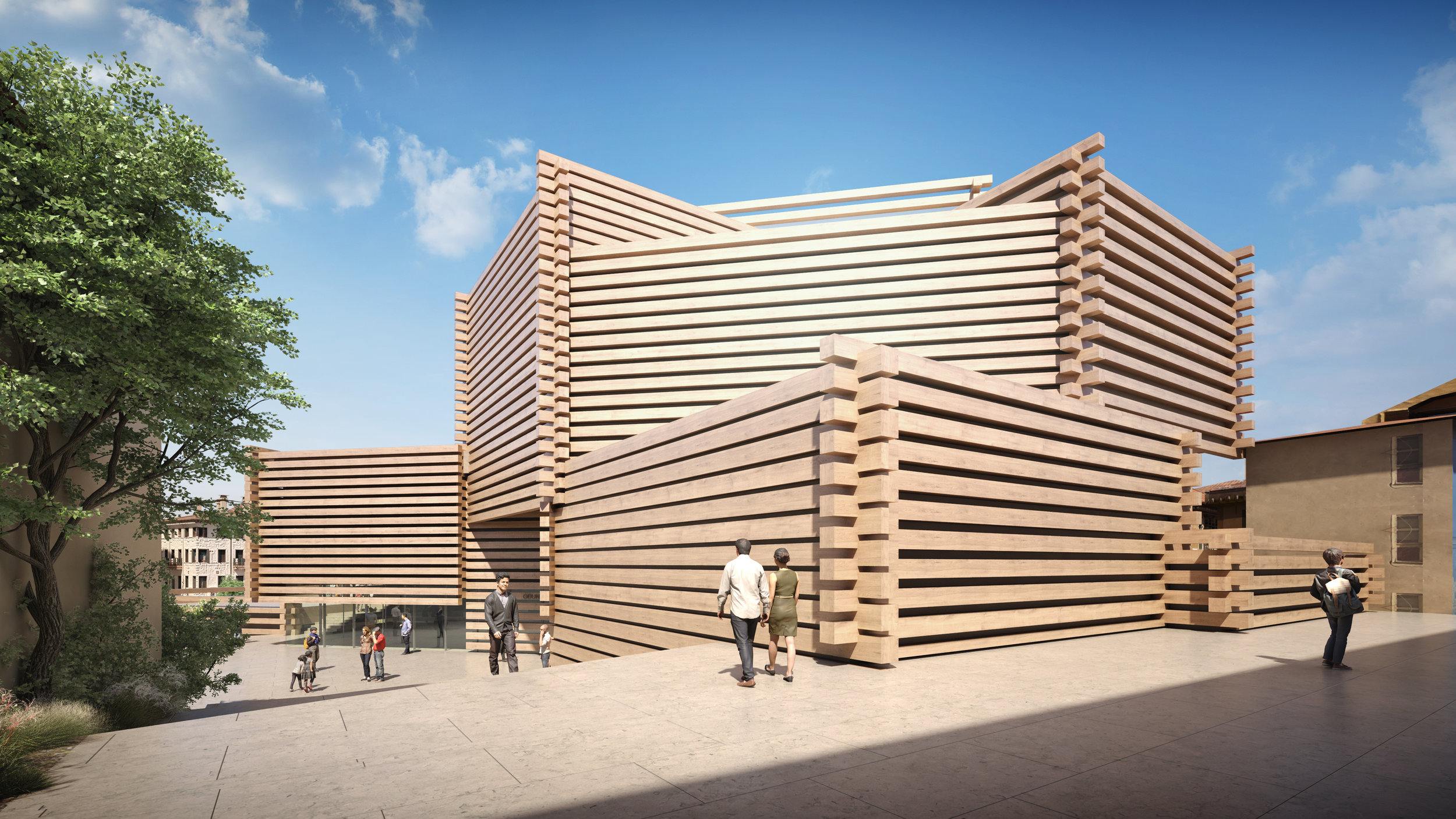
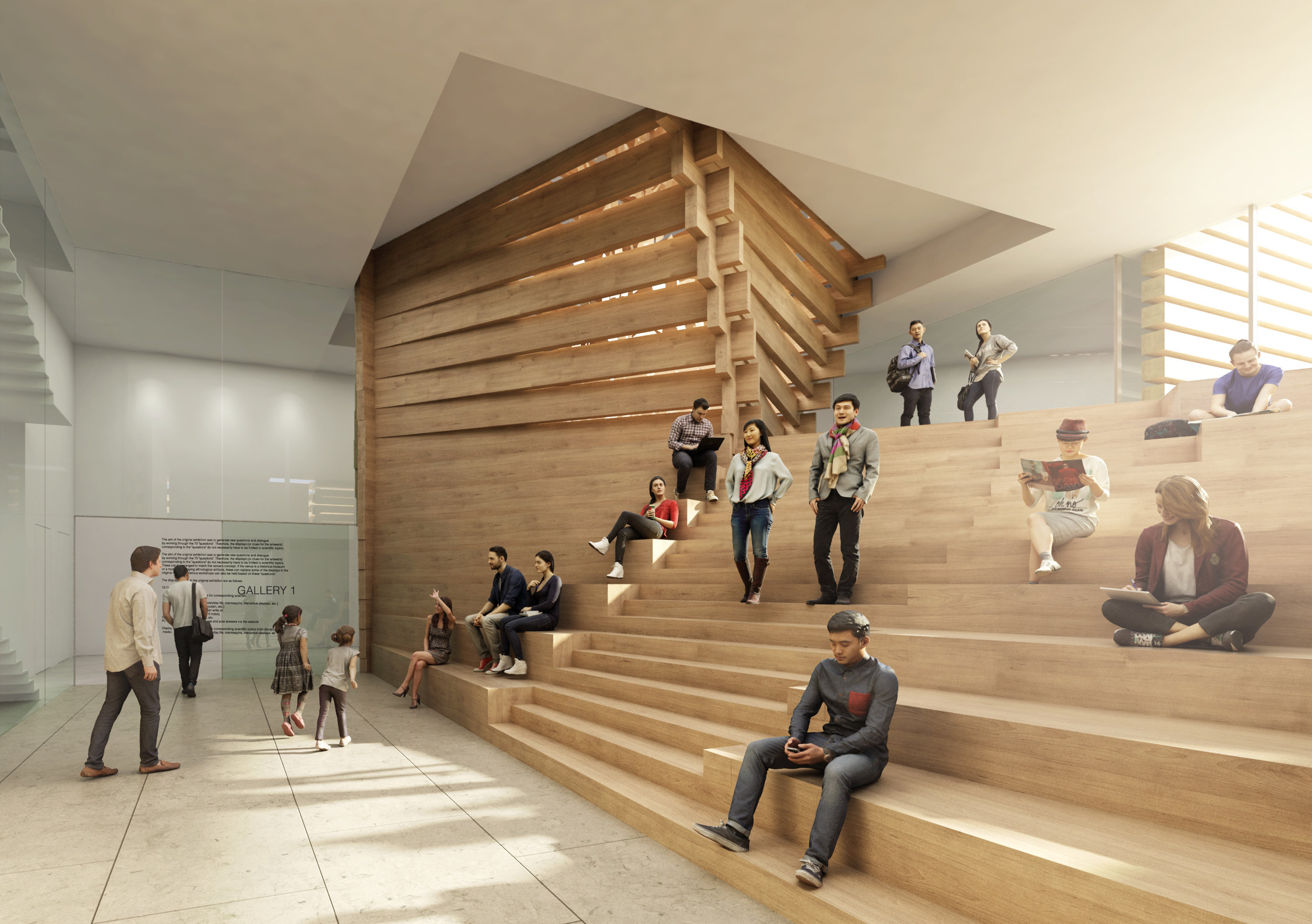
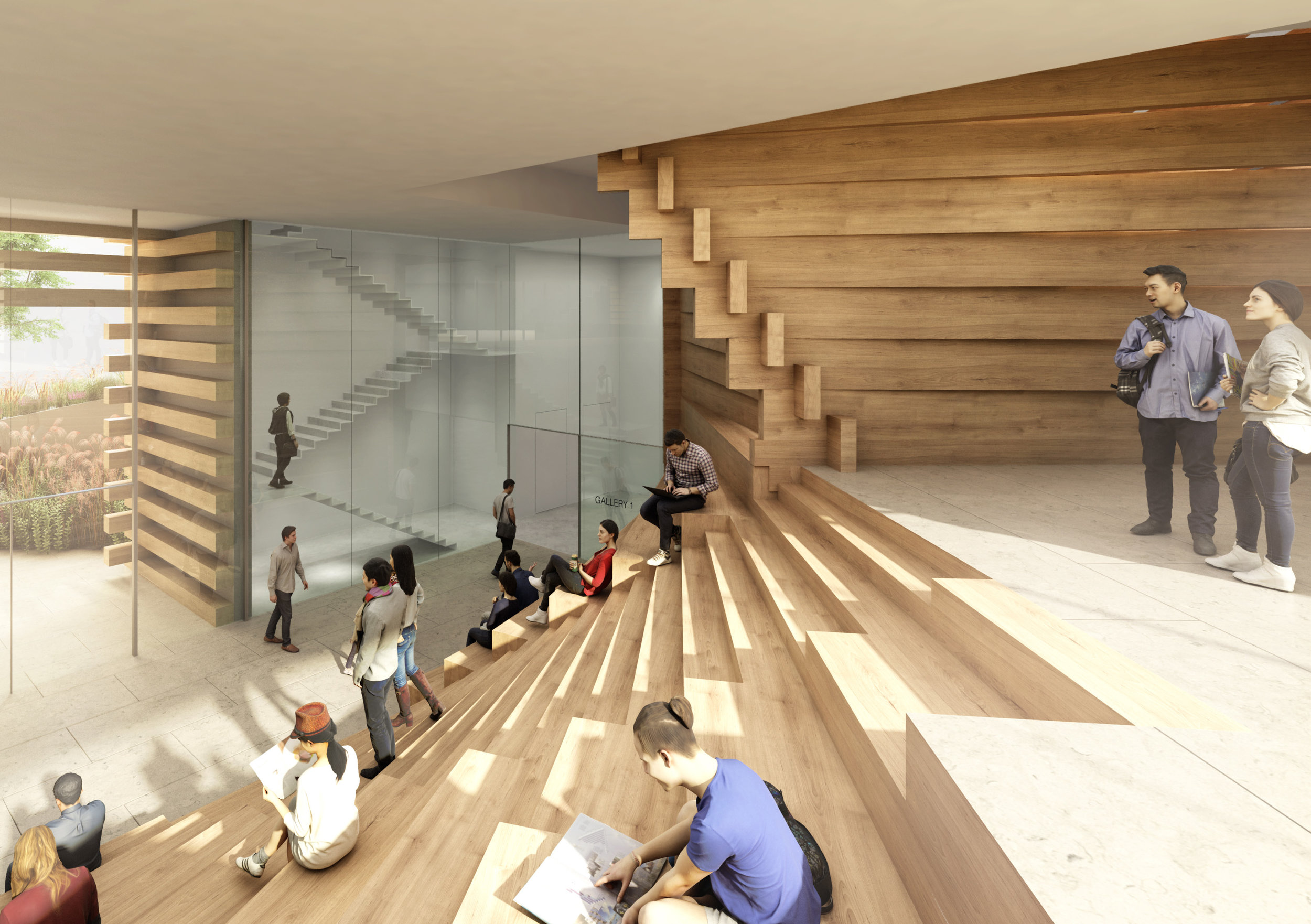
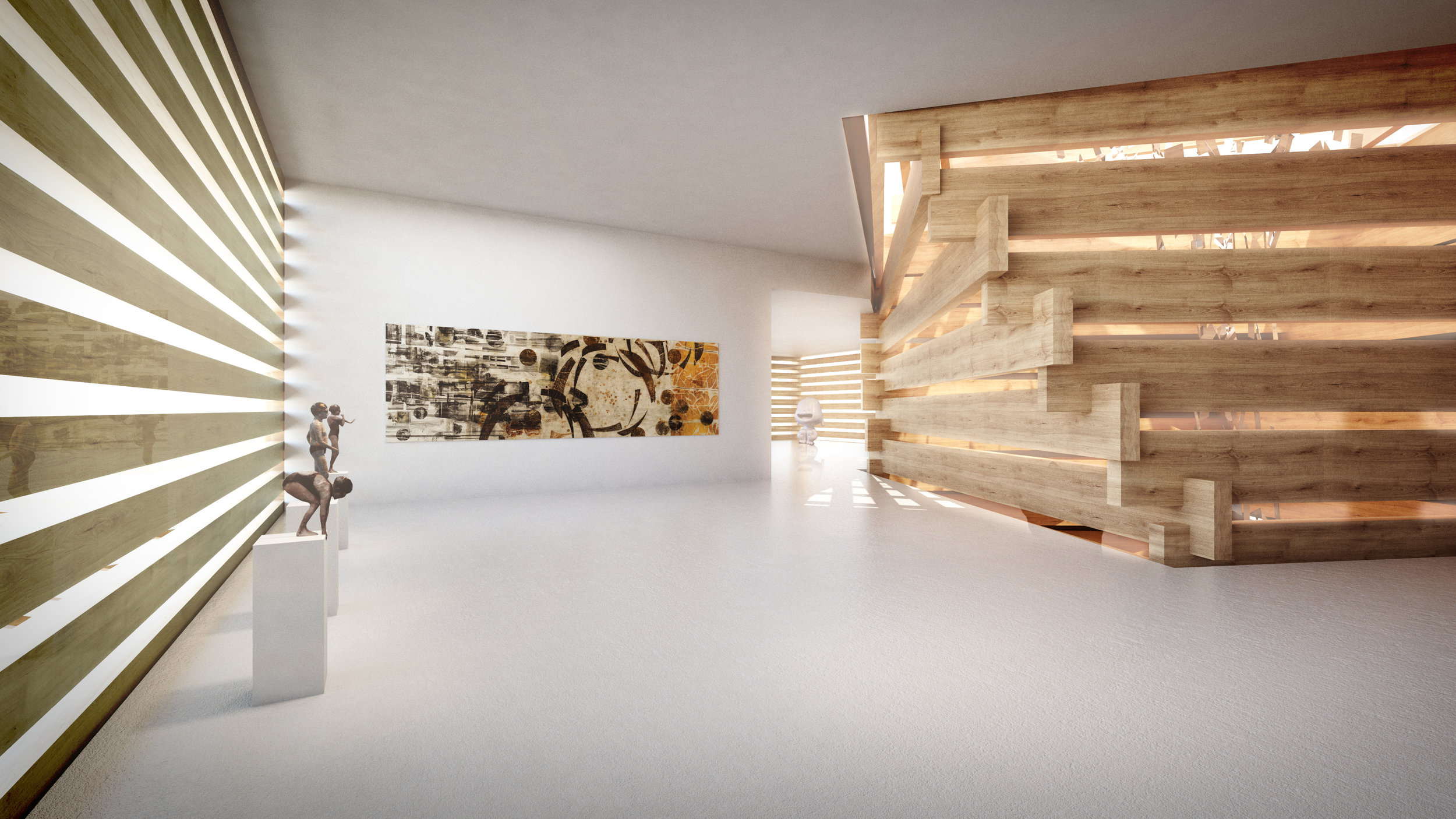
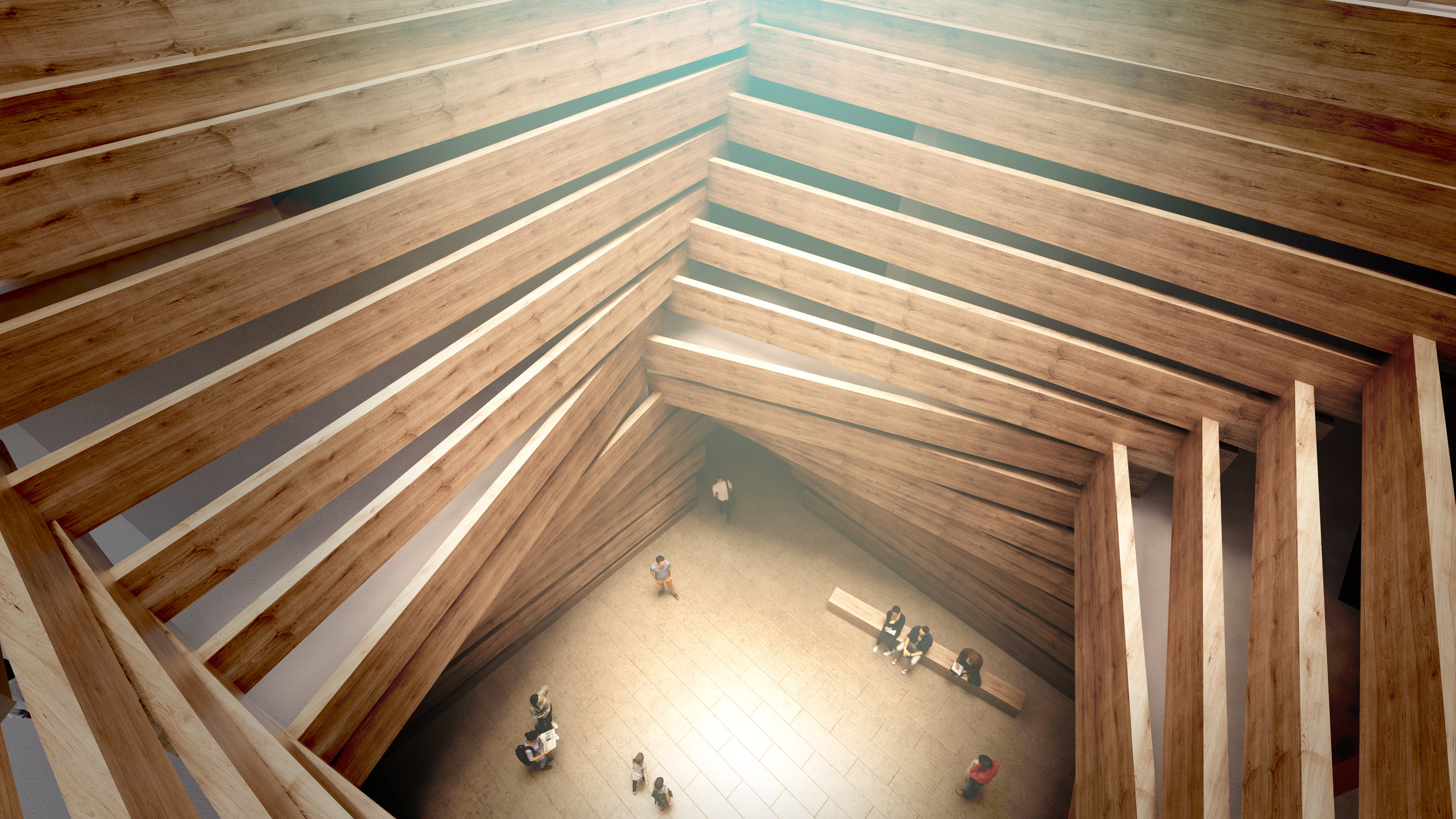
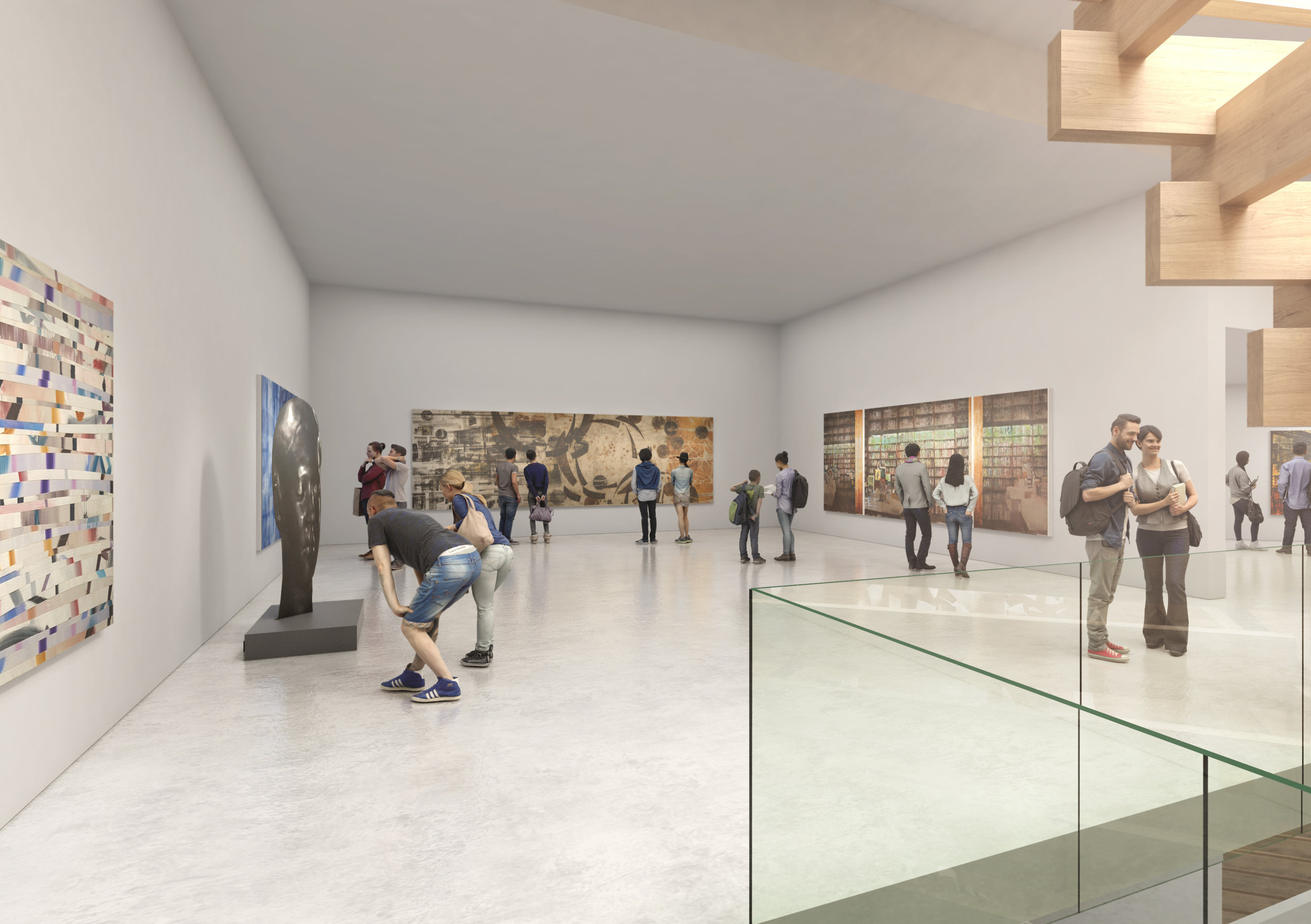
With its distinctive stacked timber design by Kengo Kuma and Associates (KKAA), the 4,500m2 building draws inspiration from Odunpazari’s traditional Ottoman wooden cantilevered houses that are synonymous with the district, and pays homage to the town’s history as a thriving wood market.
Along with several other city museums in the surrounding area, OMM will create a museum square and public meeting place in the town. Split over three floors, visitors will journey through a variety of exhibition spaces, with the large spaces at ground level echoing the rhythm and scale of the surrounding townscape, and the smaller rooms on the upper levels providing a home for smaller-scale artworks. At the centre, a skylit atrium will allow natural light to permeate throughout the building.
Yuki Ikeguchi, Partner leading the project, and Kengo Kuma, Founder of Kengo Kuma and Associates, said: “At the heart of this project was a desire to create a link between people and art. We wanted the building to carry the history and memory of the town, to resonate both on a human scale and with the unique streetscape of Odunpazari, which passing through is a special experience in itself. We very much look forward to seeing the public enjoy and interact with the building.”
“We are delighted to announce that the museum will open in June and look forward to opening our doors”, said Erol Tabanca, founder of OMM. “It is my privilege to give this museum and open up the collection to visitors all over the world to enjoy. OMM will stand as a new landmark that reconnects the town with its history, and as a progressive cultural development for Eskişehir and the Central Anatolian region at large.”
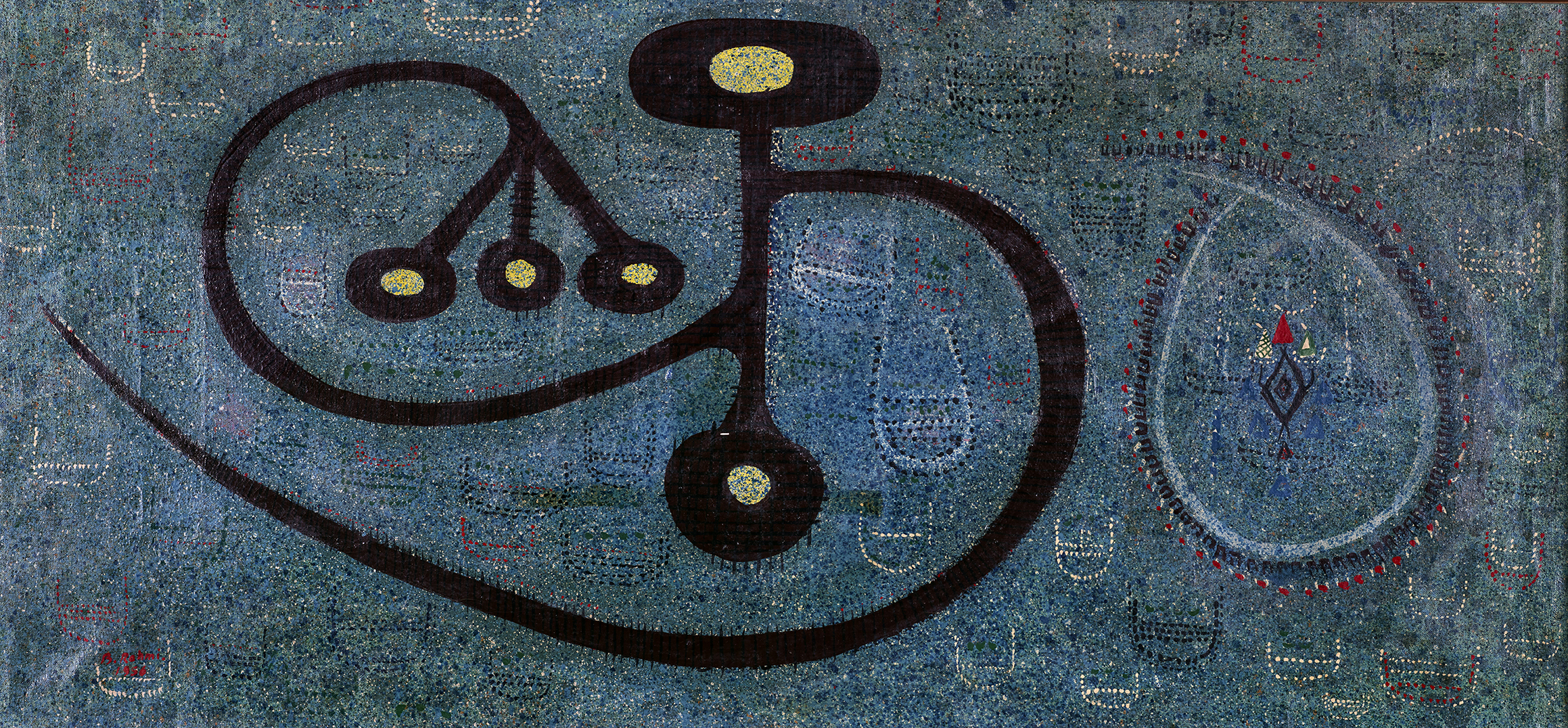


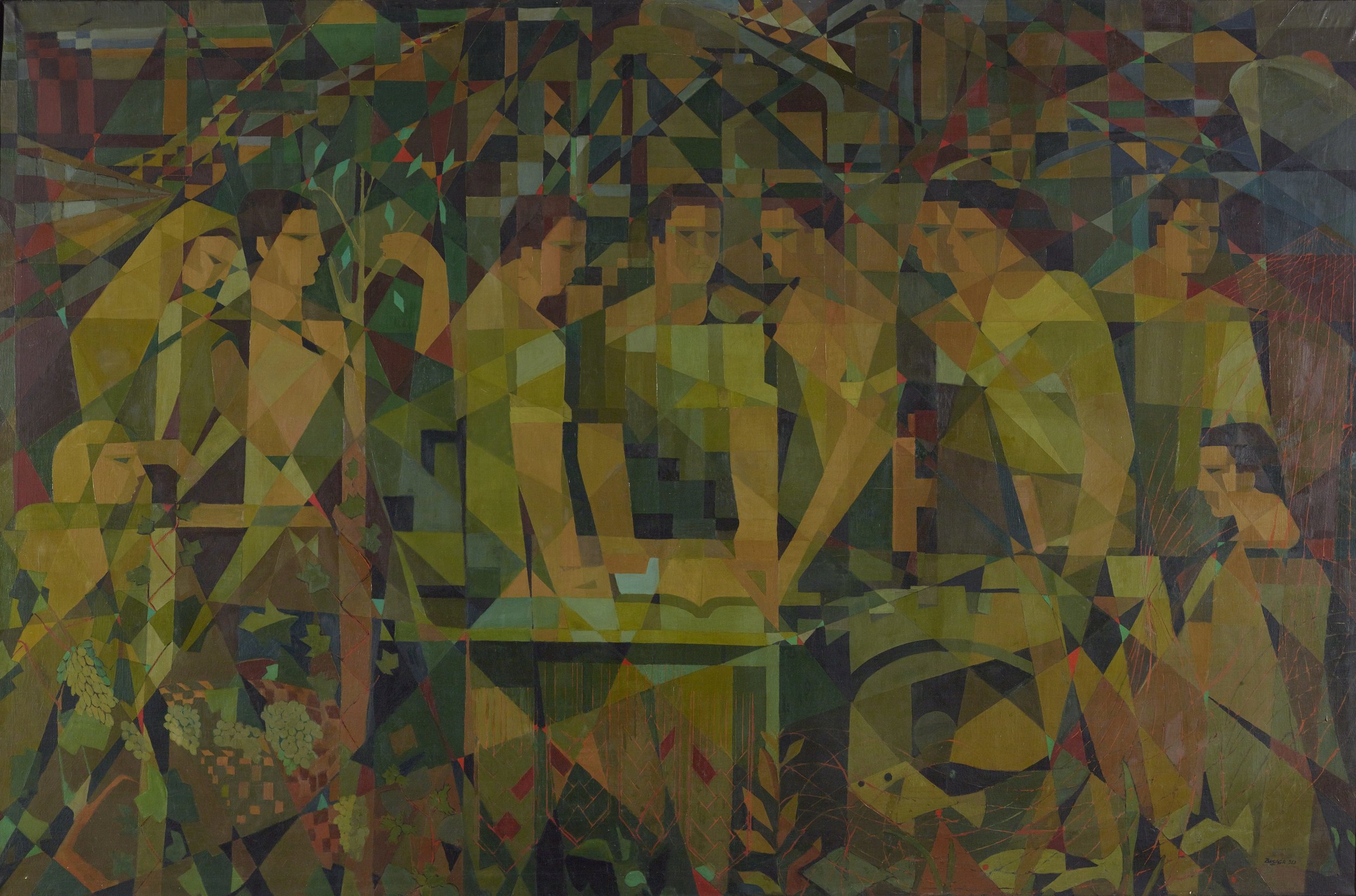
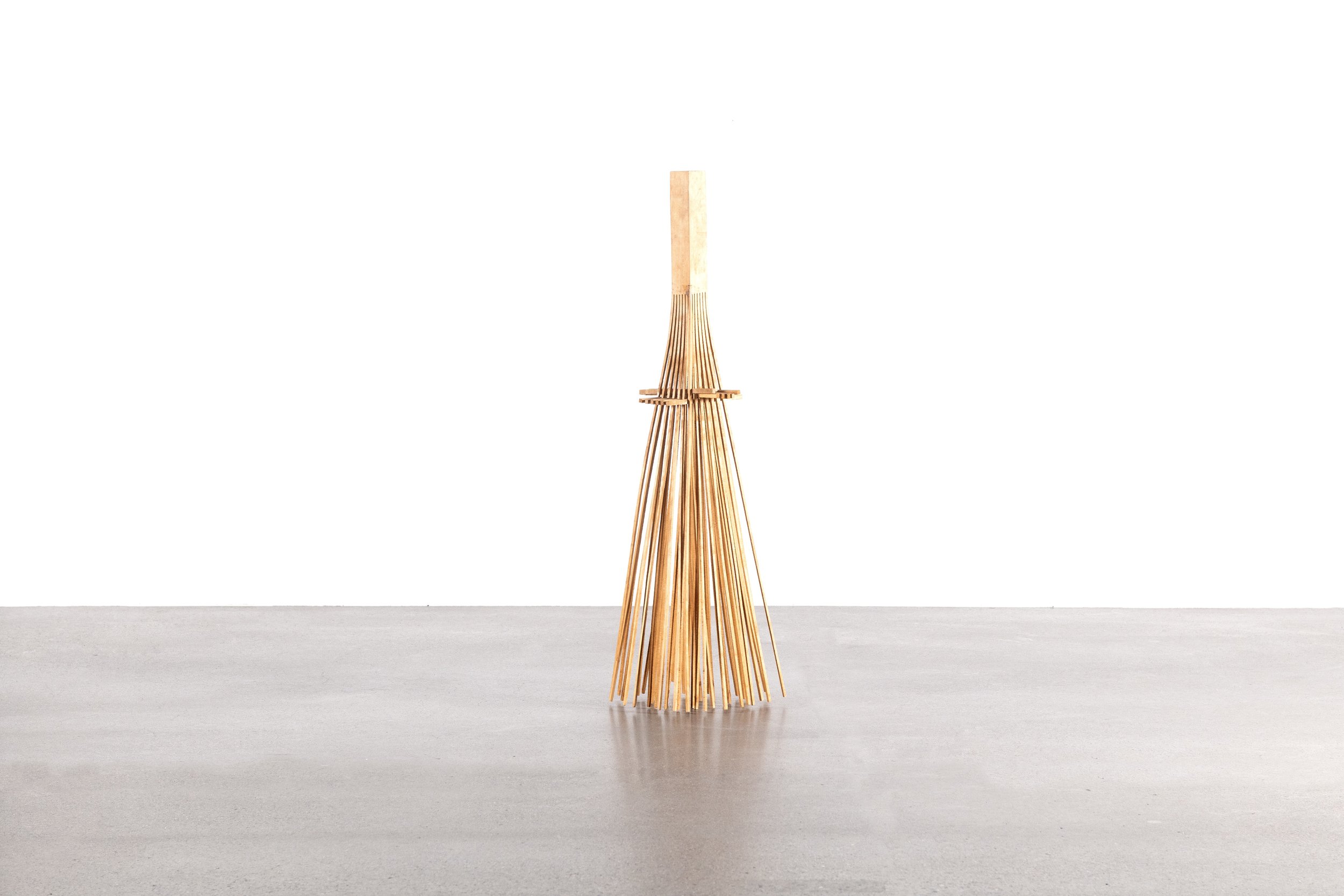

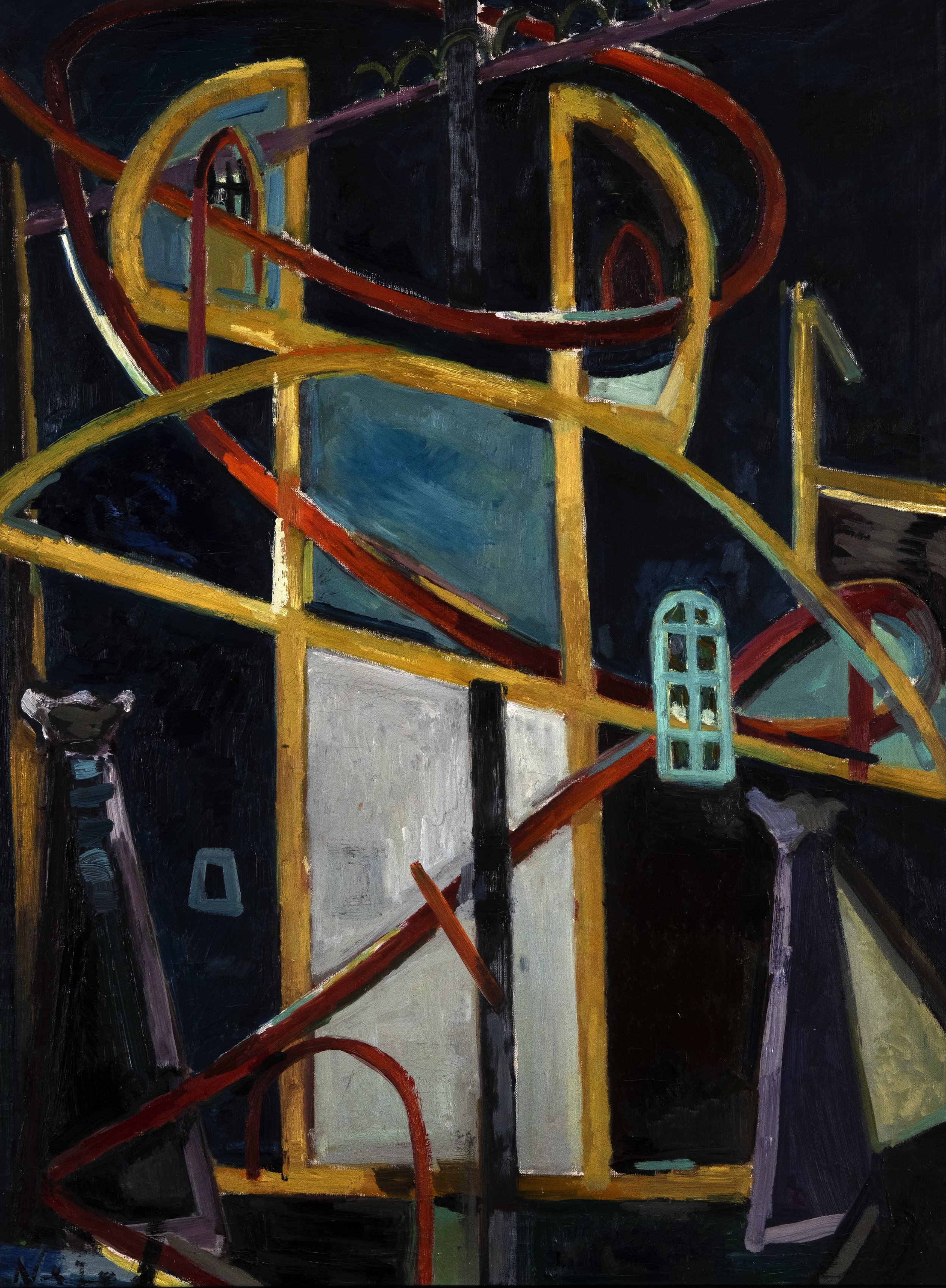

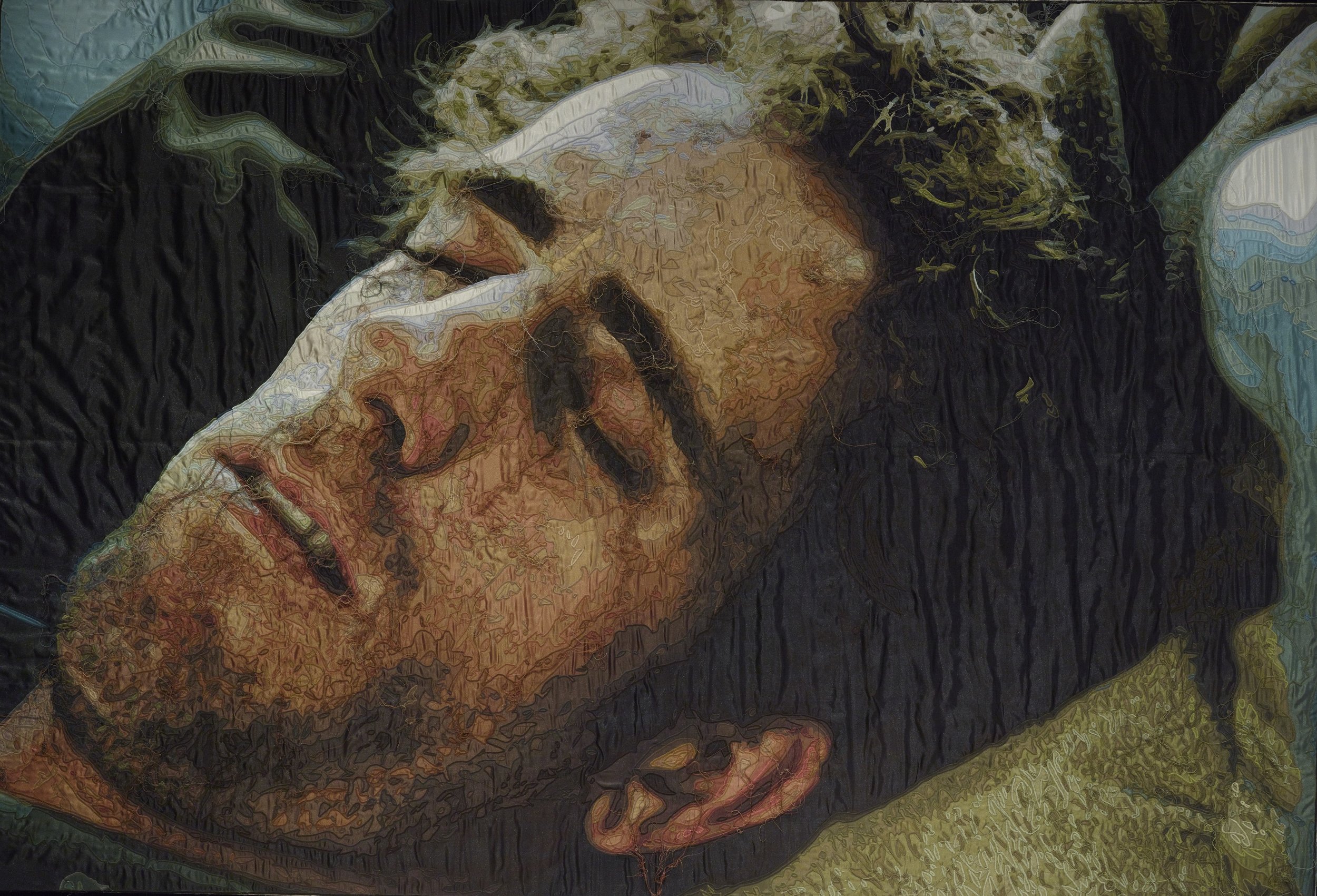

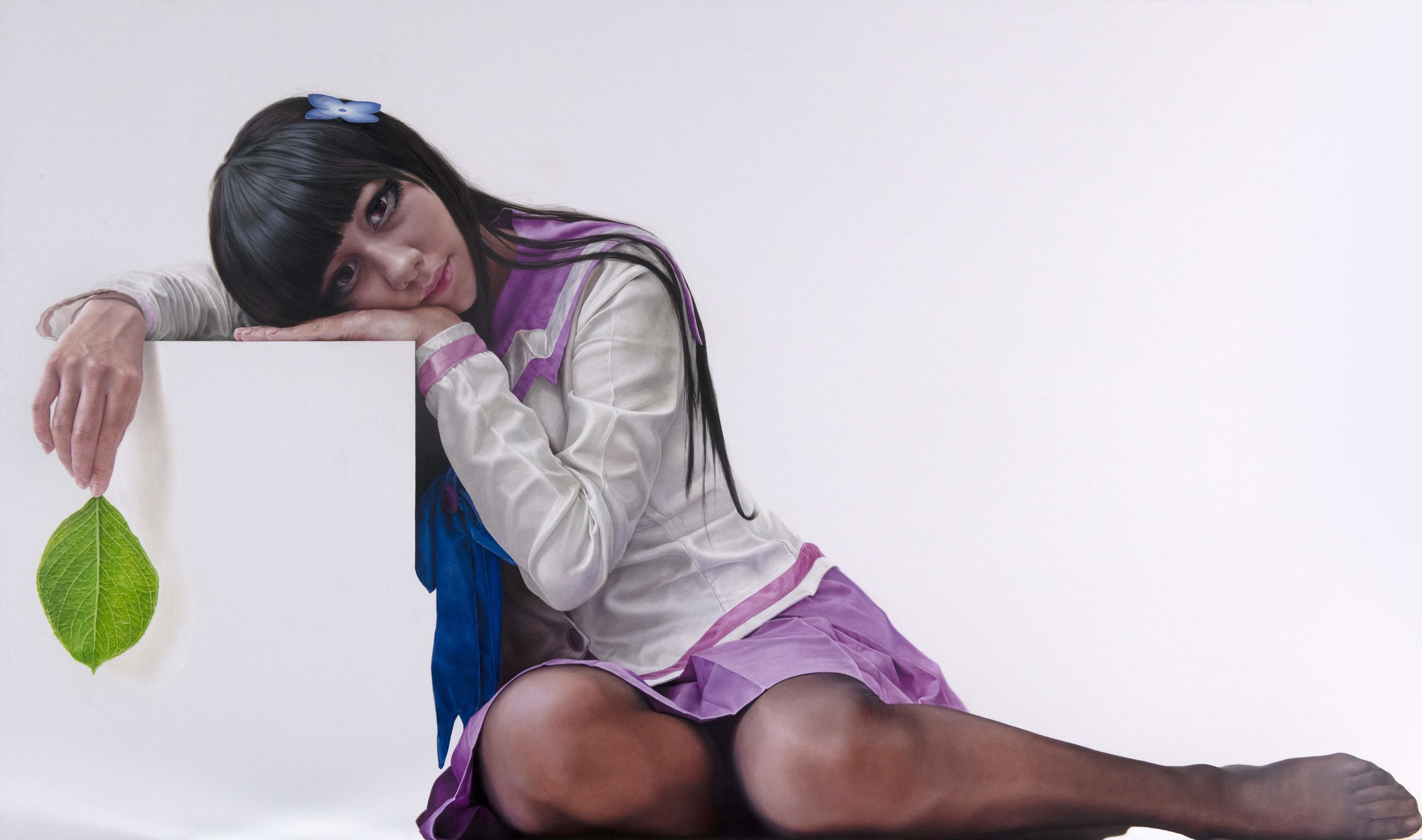

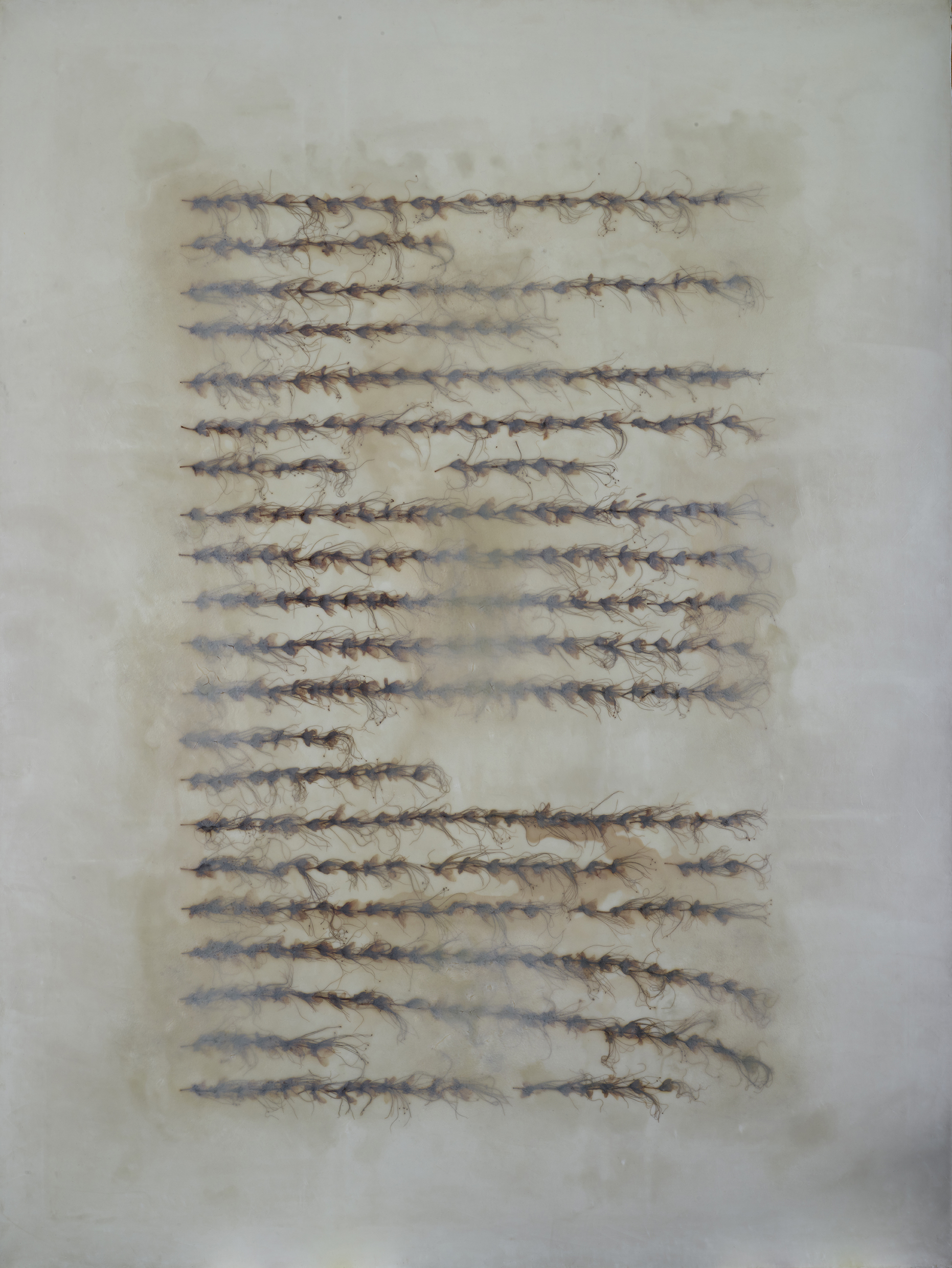

Curated by Turkish curator, Haldun Dostoğlu, the museum’s inaugural exhibition will showcase a selection of around 200 works by 60 leading artists from Turkey including Bedri Rahmi Eyüboğlu, Canan Tolon, Erol Akyavaş, İlhan Koman, Ramazan Bayrakoğlu, Sinan Demirtaş and Tayfun Erdoğmuş. The exhibition will continue up to the present day with a new site-specific commission by Japanese bamboo artist, Tanabe Chikuunsai IV. His intricate installation, crafted from woven bamboo, will interact with and complement the architecture of the building.
Curator, Haldun Dostoğlu, said: “When curating OMM’s inaugural exhibition, I was inspired by three truths: Eskisehir will gain its first modern art museum, Erol Tabanca will fulfil his dream of sharing his art collection with the public, and this wonderful collection - much of which has been behind closed doors for a number of years - will be showcased in its entirety for the first time.”
The collection has been brought together by Erol Tabanca over a period of 15 years and features more than a thousand works of art spanning the 1950s to the present day, championing pioneering twentieth-century figures as well as the next generation of contemporary artists. The collection features works by acclaimed artists from Turkey such as Burhan Doğançay, Canan Tolon, Azade Köker, Nejad Melih Devrim, Erol Akyavaş, Haluk Akakçe, Taner Ceylan, İnci Eviner, Gülsün Karamustafa and Erdağ Aksel, alongside international names including Peter Zimmerman, Jaume Plensa, Marc Quinn, Robert Longo, Aron Demetz, Julian Opie, Sarah Morris, Stephan Kaluza, Hans Op De Beeck, Massimo Giannoni, Seon Ghi Bahk, Alfred Haberpointner. OMM’s multidisciplinary exhibitions – many of which will be produced in collaboration with leading curators and creatives – and permanent galleries will be complemented by a dynamic public programme, offering seminars, artist talks and workshops.
2018 Beirut Design Fair scenography will be designed by GM Architects
An emergence of Beirut’s cultural and creative energy
Beirut Design Fair is being held for the second time in its history, as an important hub for multi-cultural design and innovation in the region. Bringing together emerging and established designers with industry leaders and the public, highlighting the creative power of the Lebanese capital.
In order to further shed light upon this emergence of a cultural and creative boom happening in Beirut, GM Architects has decided to pay tribute to the city, its past and its future. Recalling a pre-civil war, 1960 Golden Age, and declaring a new renaissance for the Lebanese capital as a global hotspot for rising talent and culture.





GM Architects is pleased to announce a collaboration with Beirut Design Fair, in the design of its interior exhibition space. An impressive 4,000m2 space, that will welcome thousands of visitors and where creatives and designers from the region and around the globe will exhibit their own creations and designs.
GM Architects is inspired by the “organized chaos” that so clearly defines the organic urban growth of Beirut, mixing its changing colors, proportions, and styles; the architects’ goals was to create the interiors of Beirut Design Fair such as they reflect this influx of creativity and fertile ground for innovation in design.
Galal Mahmoud explains his inspiration and main theme for the exhibition space as “the layered evolution of Beirut’s urban fabric as it continuously evolves from order to disorder and vice versa...Space will be organized like a city, where one tends to get lost in its play of narrow and wide streets all while having punctual high landmarks that gives a sense of direction.”
Such effect will be will be materialized, the architect explains, through the use of shifting walls, that serve to give a direction to the visitor and guide them through the exhibition- all while being used as partition walls for the various stands. The colors that were chosen are a direct reference to Beirut’s golden age, a reminder of past times marked by bright optimism for the future “as we try to get back on that right track that we were once on half a century ago” Galal Mahmoud explains.
Also based in Beirut, GM Architects, makes part of this very fabric of the city’s design and creative emergence and promising influential future in the region and internationally.
About Beirut, design hub of the Levant
BEIRUT DESIGN FAIR is principally dedicated to collectible and limited edition contemporary or vintage furniture and design objects. The fair presents pieces by leading international designers and galleries from across the world (Europe, USA, Middle East), with about 60 exhibitors from over 10 countries. The event includes a non-commercial program consisting of conferences and round-tables, workshops, installations and live performances.
BEIRUT DESIGN FAIR offers an exceptional, innovative program that confirms Beirut’s role as one of today’s most vibrant centers of contemporary creation while positioning Lebanon in its rightful place: as the Design Platform of the Middle East!
For more information, please visit: https://beirut-design-fair.com/
Summer Splash! Have fun with the Lipstick collection of outdoor furniture!
Fun and good-humored in character the Lipstick collection is one of the most laid back and vibrant of Diabla’s designs. For its creation, José A. Gandía-Blasco Canales was inspired by an everyday object and at the same time a fetishistic one: the lipstick. A set of furniture that includes an armchair and coffee table with a Pop feel, perfect for providing an outdoor space with an informal, daring and colourful character as well as being very stylish in its own right.
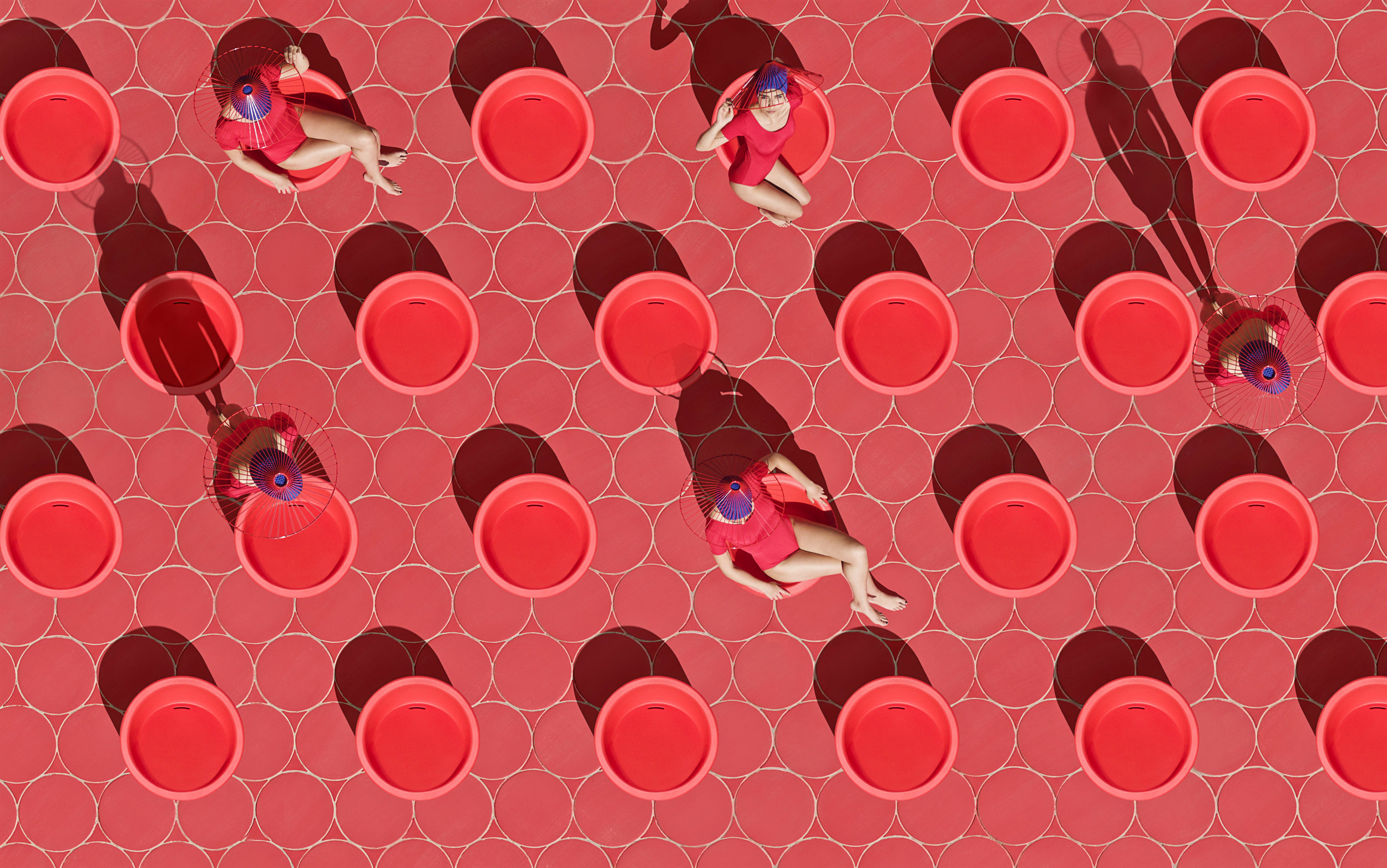

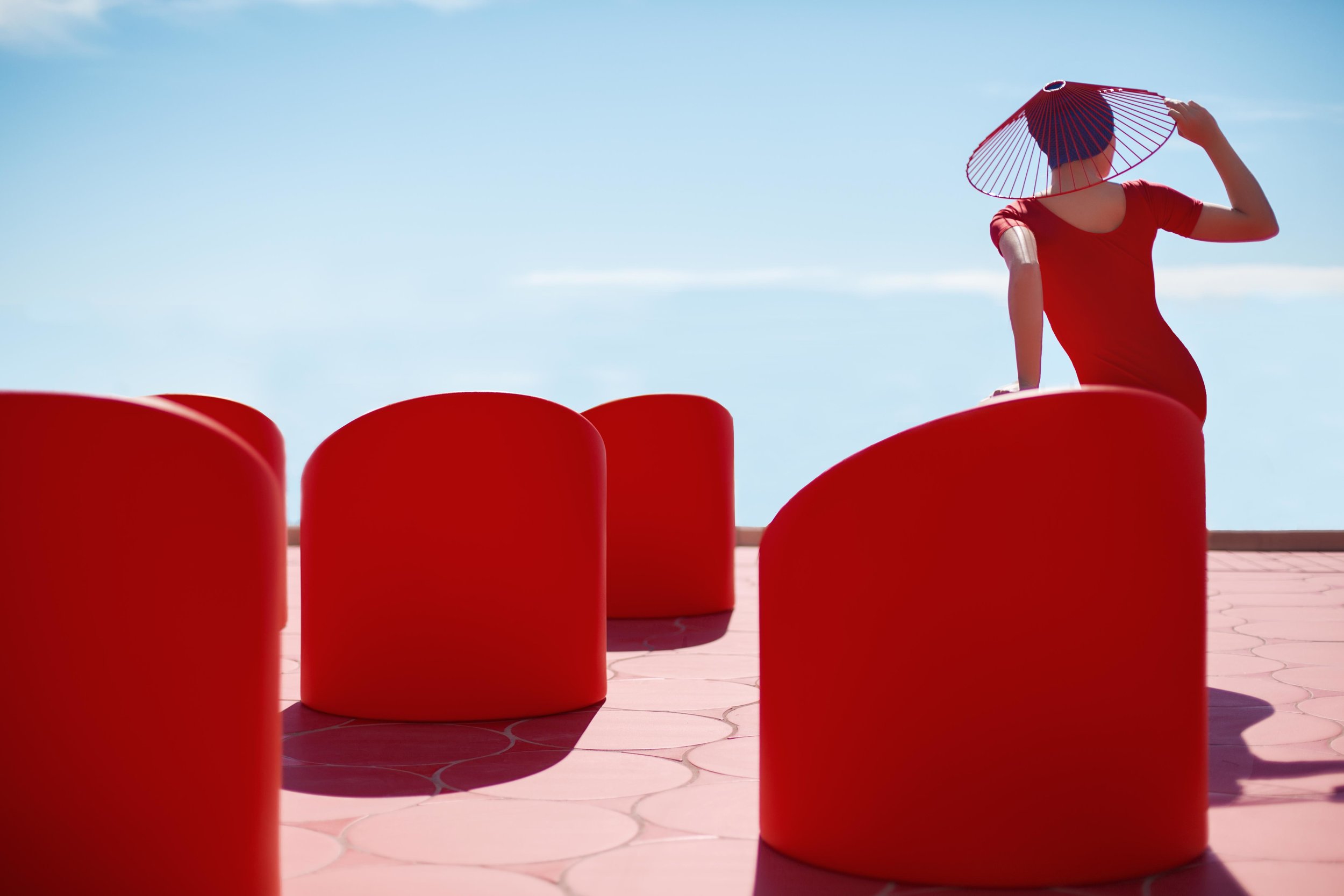
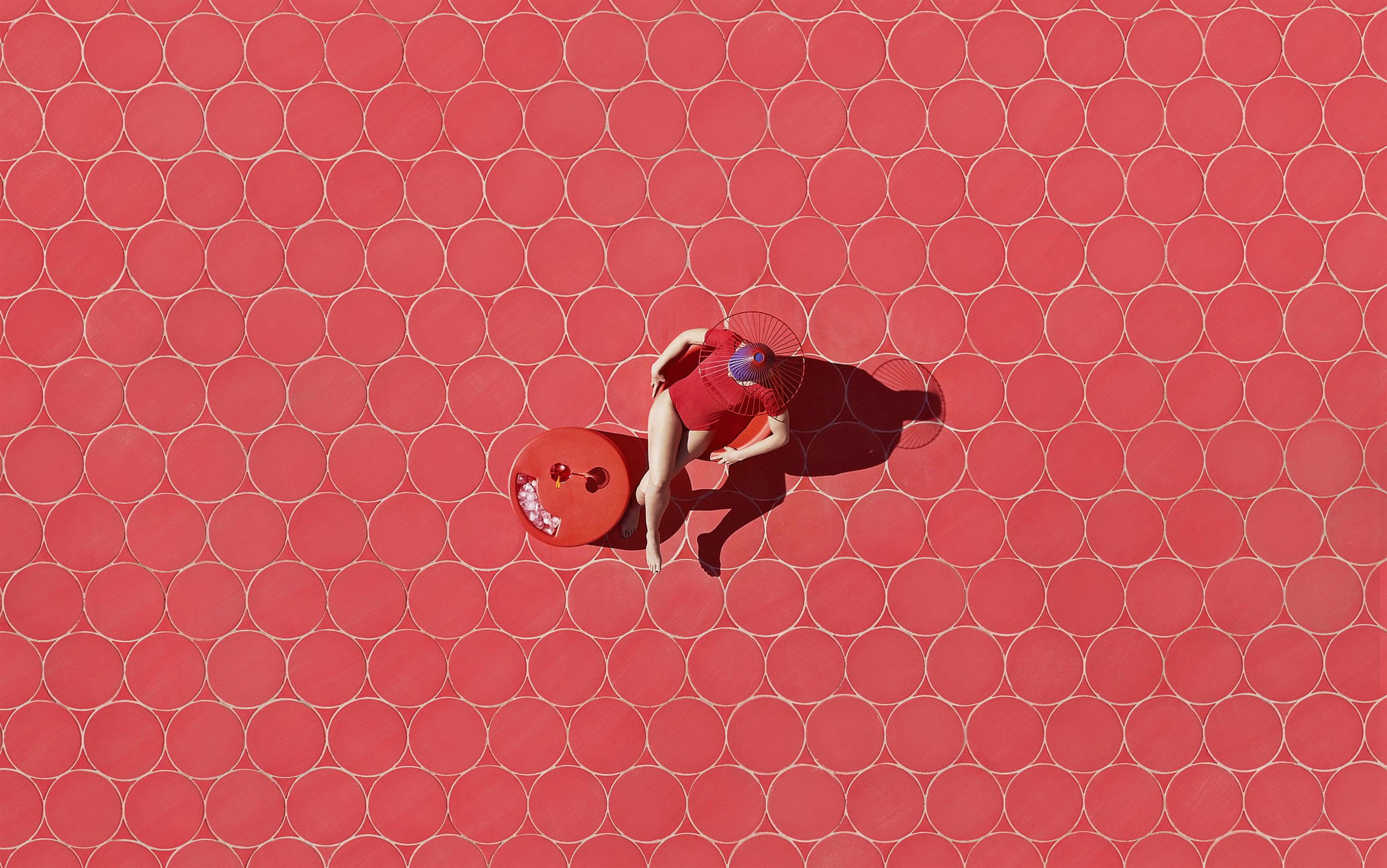
The typical oval form of the ubiquitous cosmetic is specifically evident in the back rest of the armchair, suggesting its source inspiration but at the same time not going overboard. This makes for a marked presence with a unique sensibility: that grabs the attention but is also restrained and elegant. The ideal furnishings for an informal eating space or for serving pre or post dinner drinks, offering multiple options for different compositions: four armchairs arranged in a circle around the central coffee table, two armchairs grouped side by side with the table in between or just a single armchair on its own to highlight a relaxation area using the coffee tables as a foot rest like a chaise-longue.
The two furniture elements that makeup Lipstick can quickly adapt to all types of terrain given that they made from 100% recyclable polyethylene, a material that is exceptionally resistant to and recommended for inclement weather. And given that the collection does not explicitly have a summery look it can quickly be dressed with cushions or a throw to create an outdoor ambiance at other times of the years when the weather is less warm, in fact, all year round.
Designed originally for GANDIABLASCO the Lipstick collection now forms part of the Diabla catalogue with new versions available in an unusual and varied colour palette that ranges from neutral tones to more daring ones, such as red and pink.

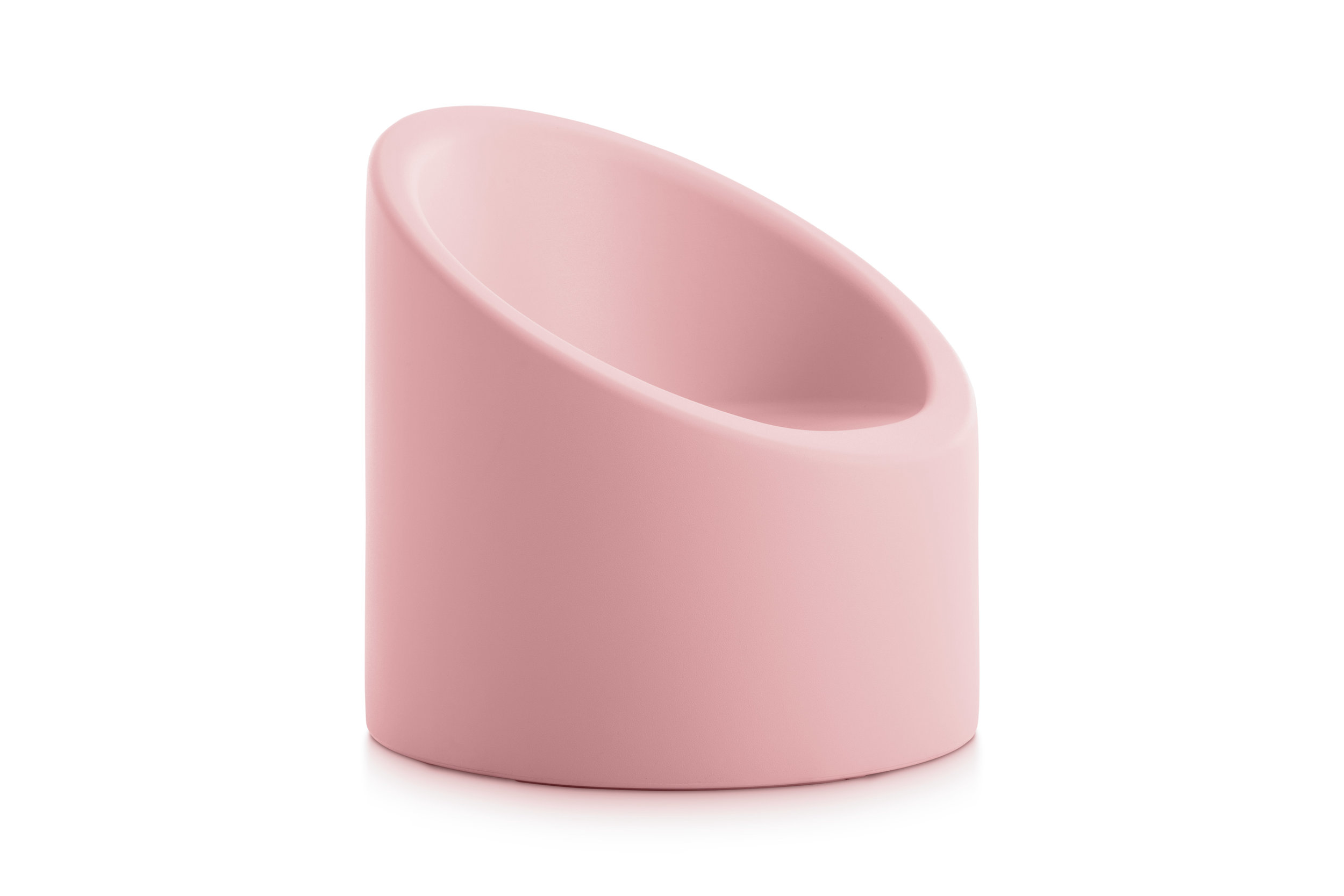
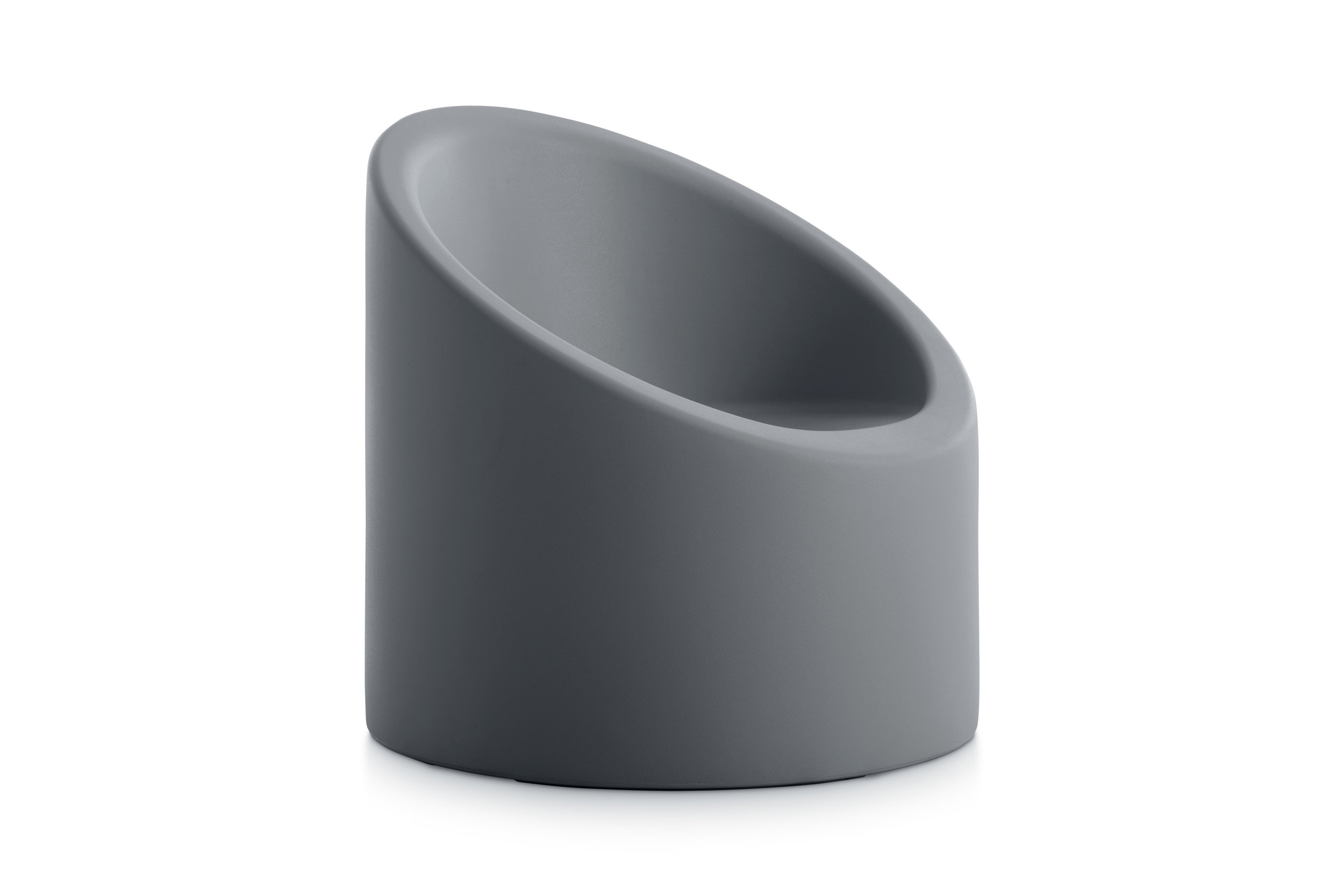
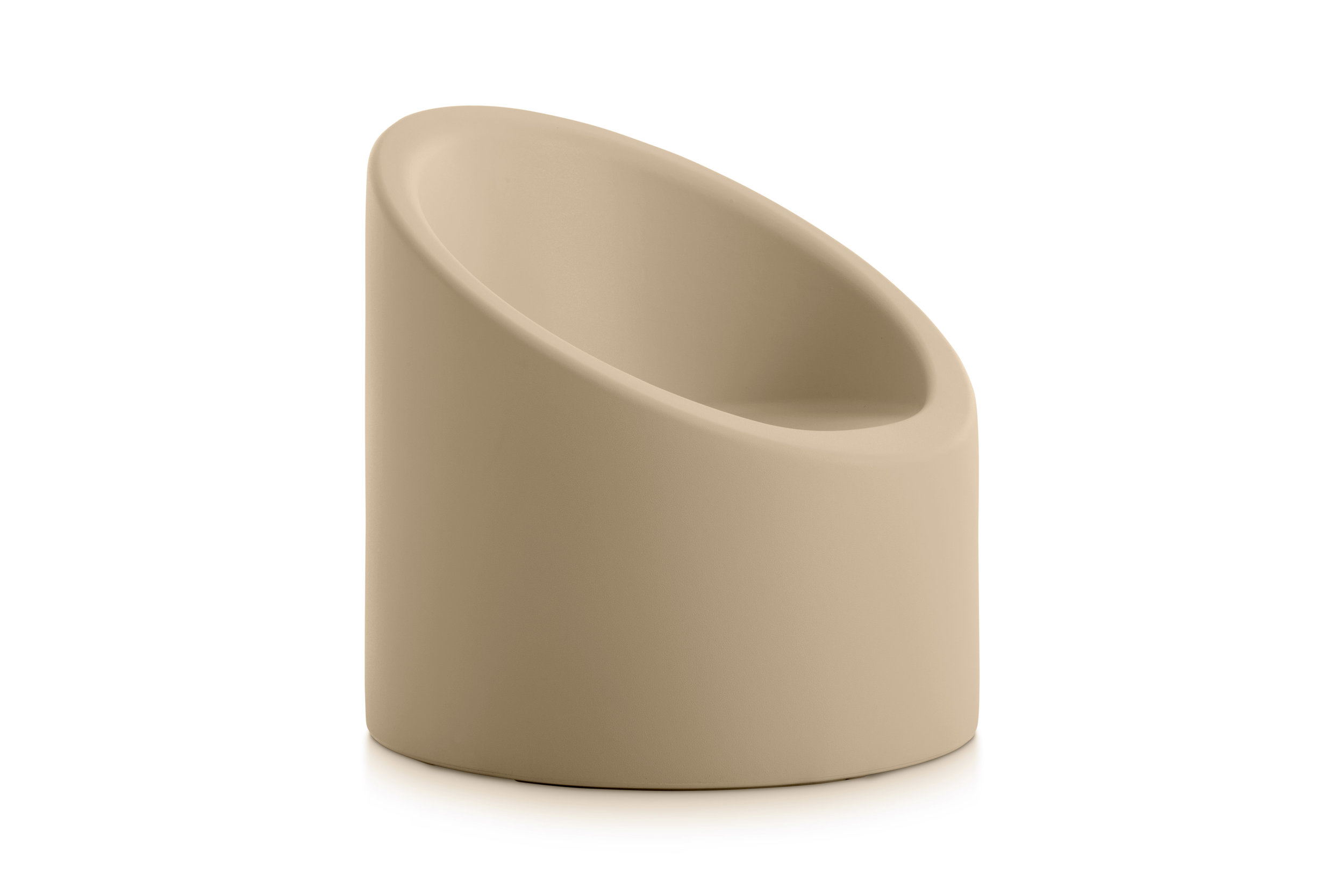
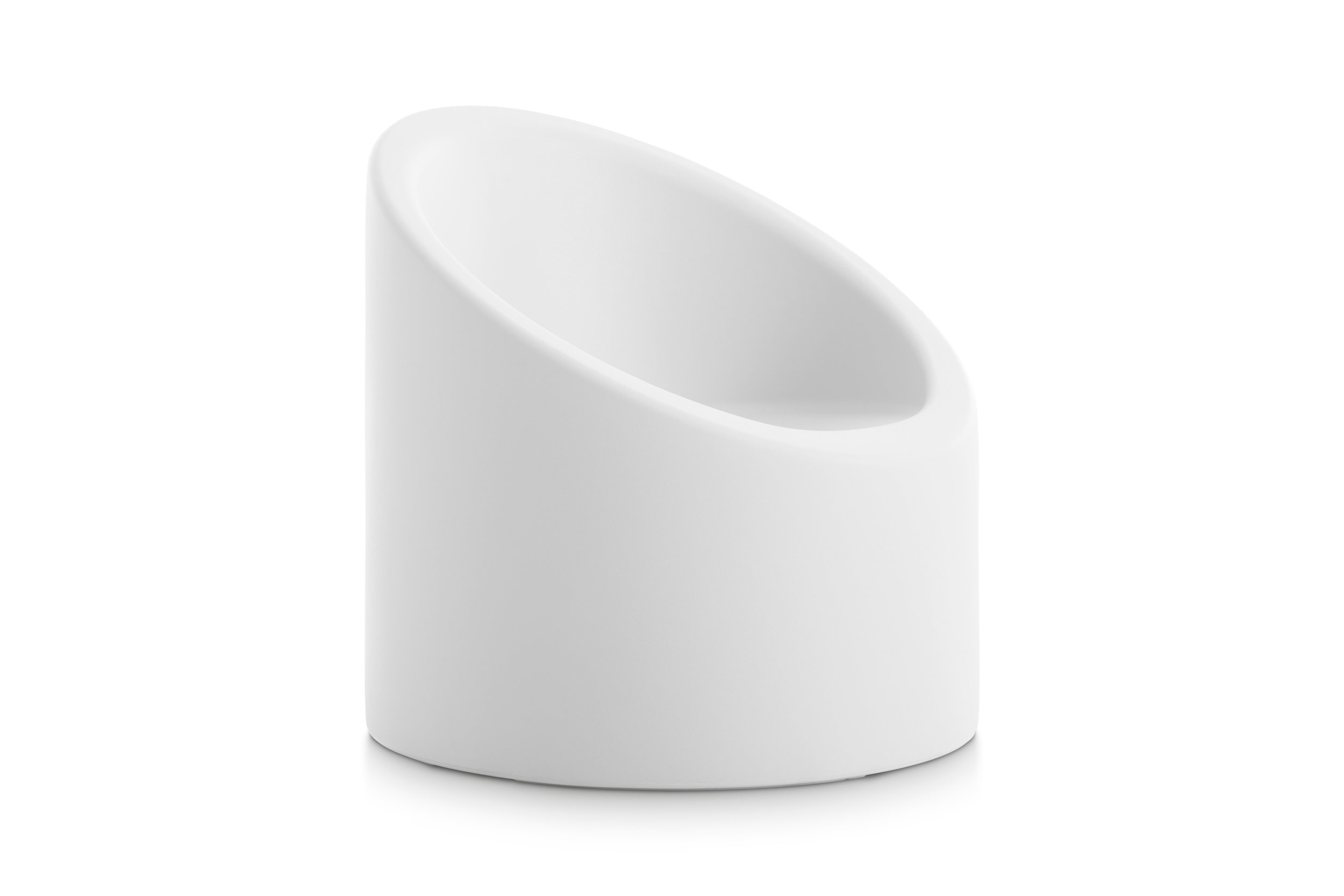
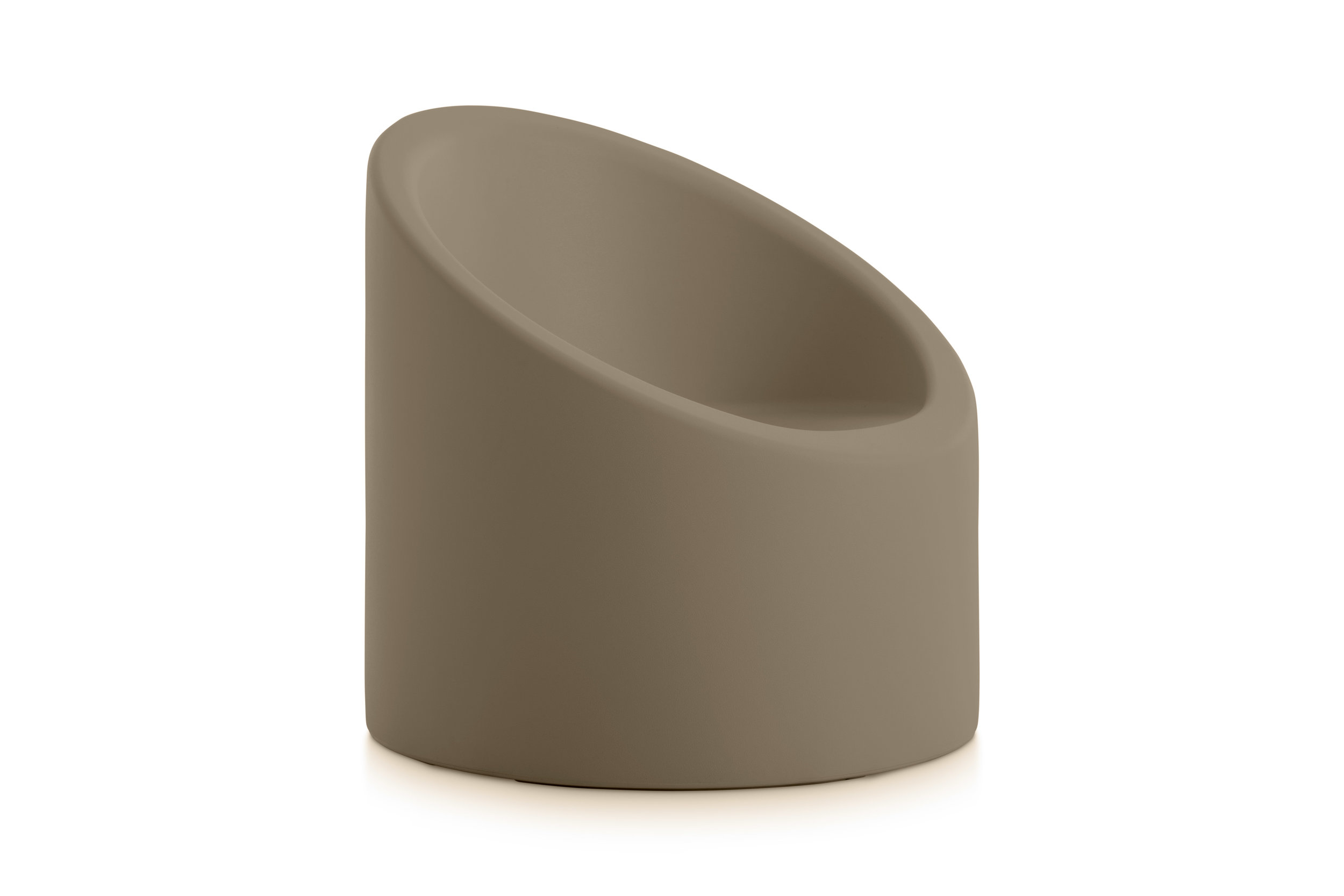
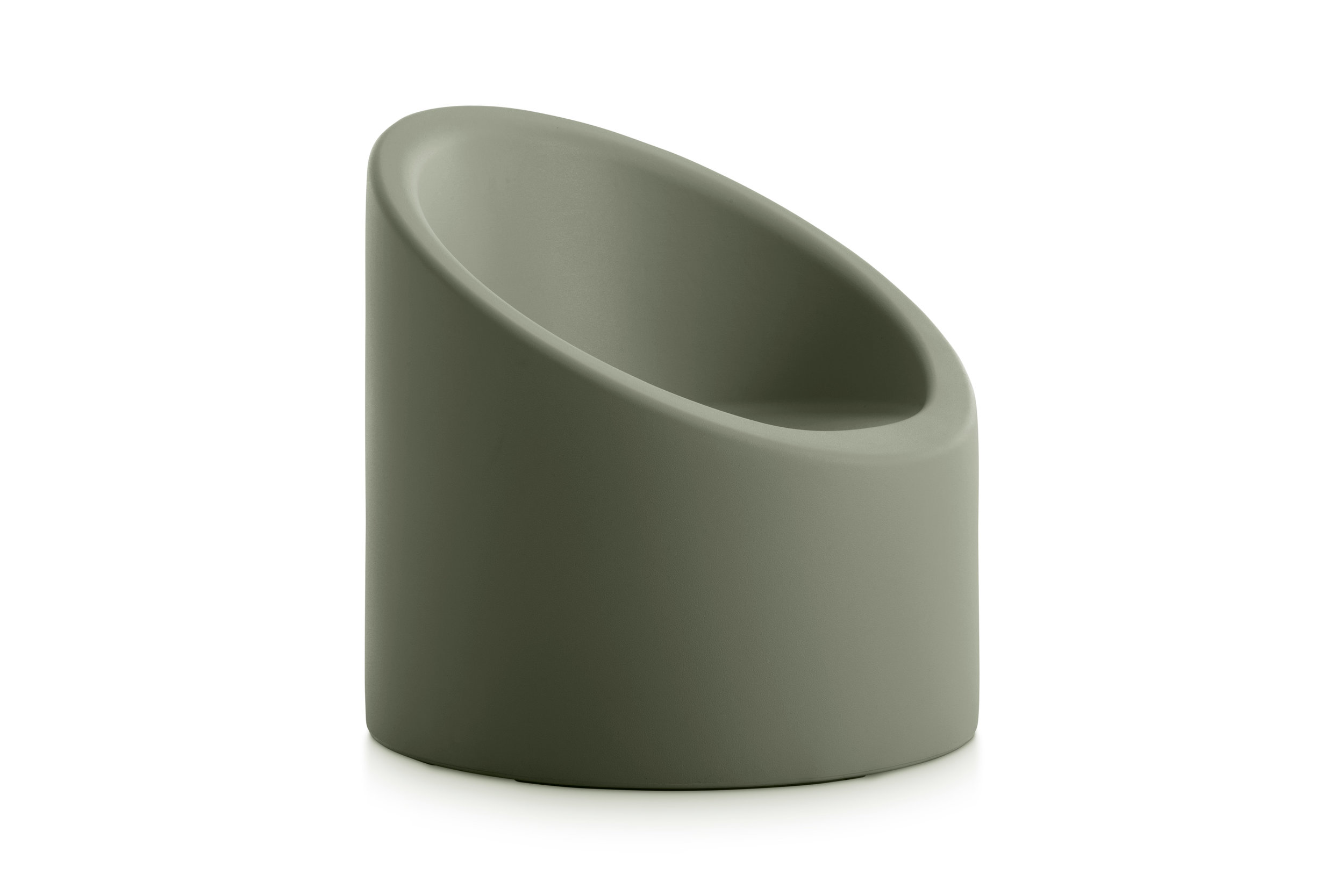

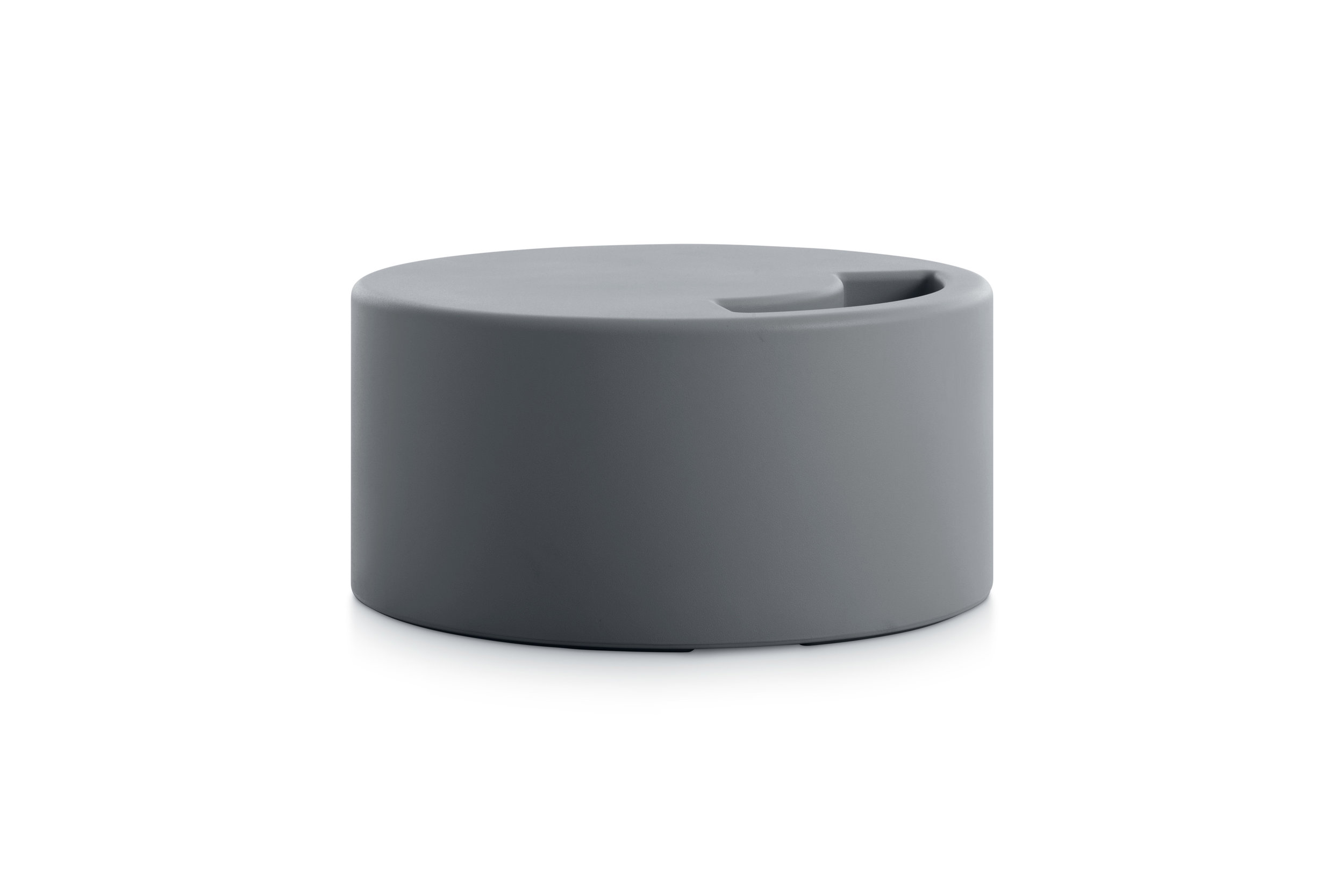
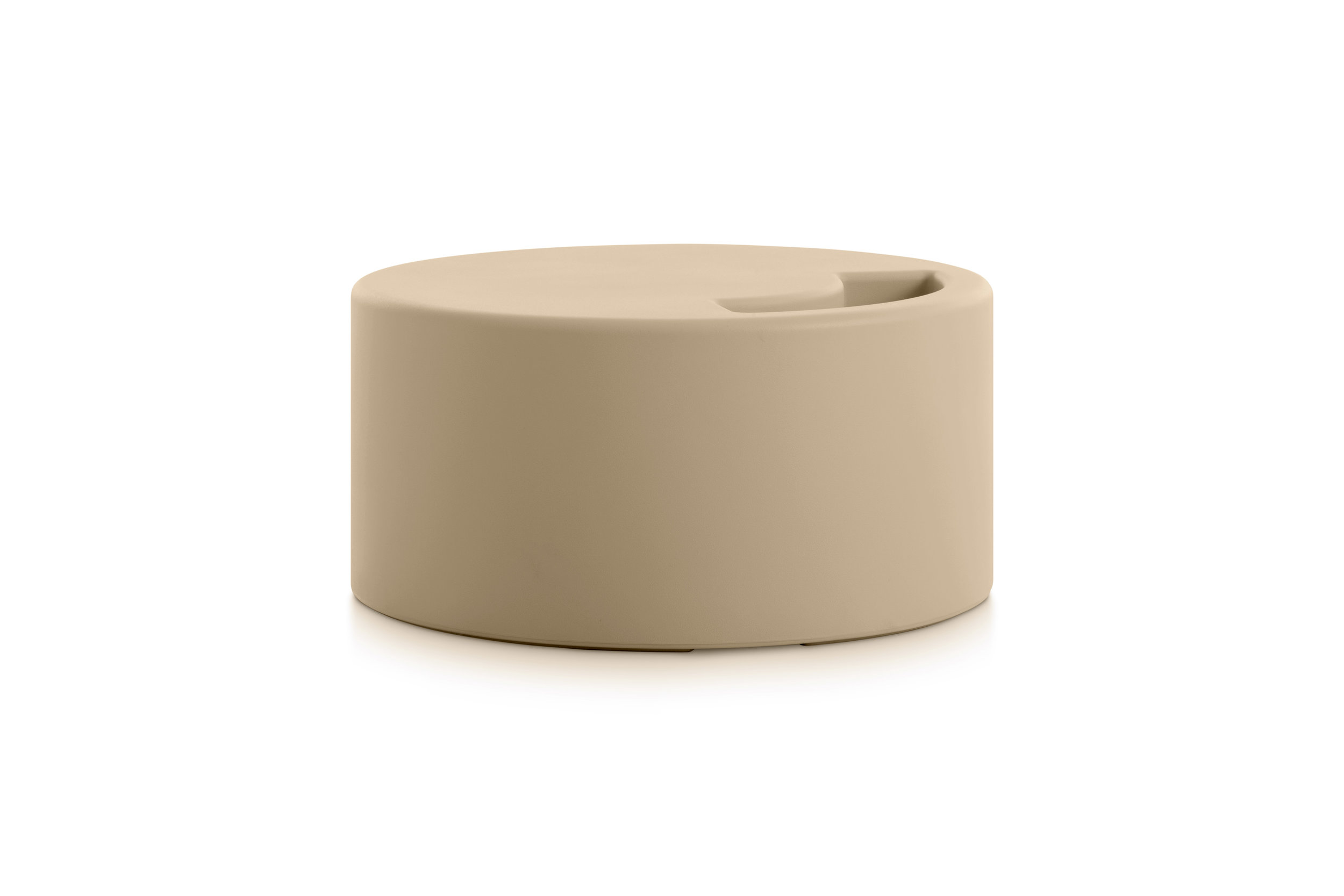
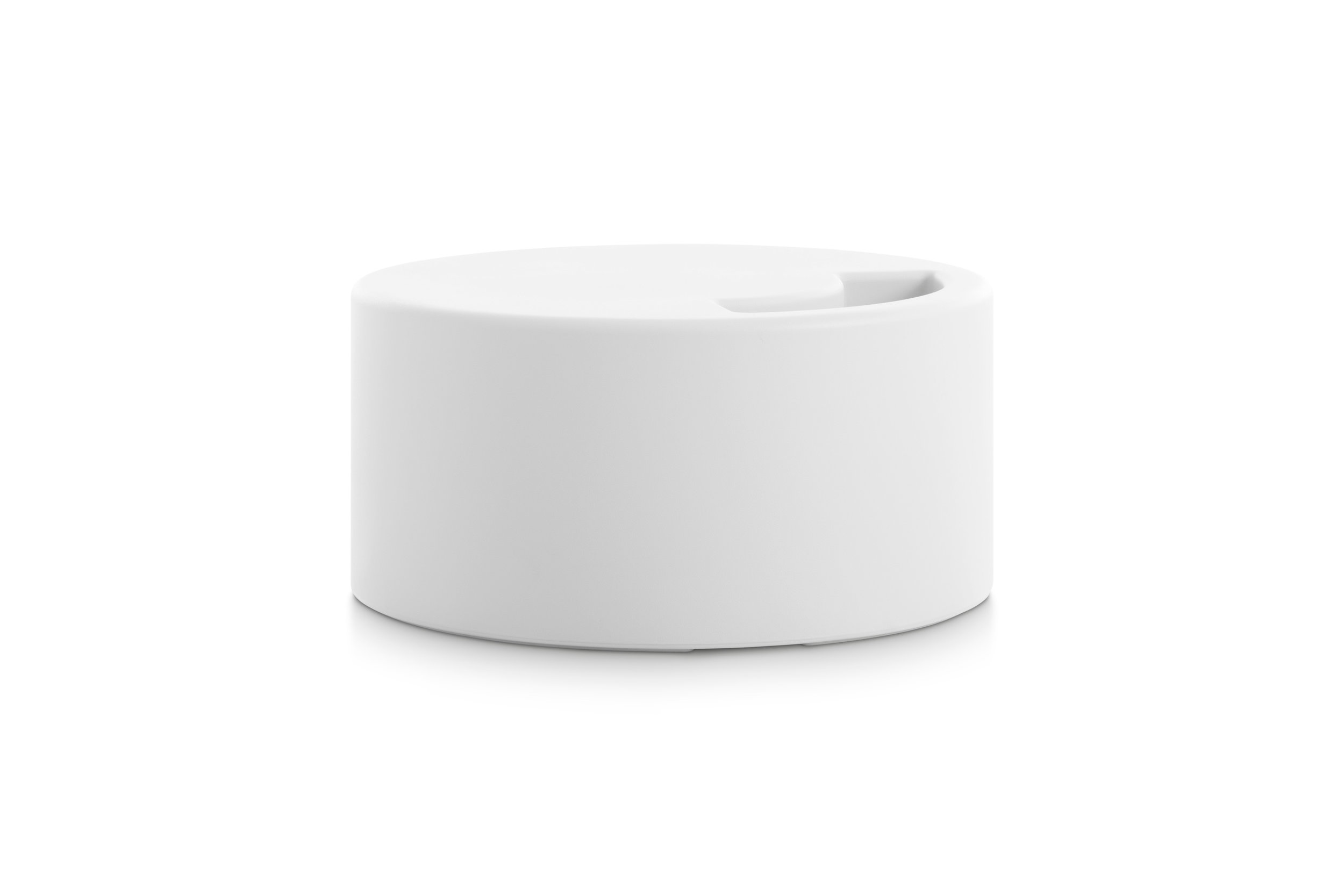
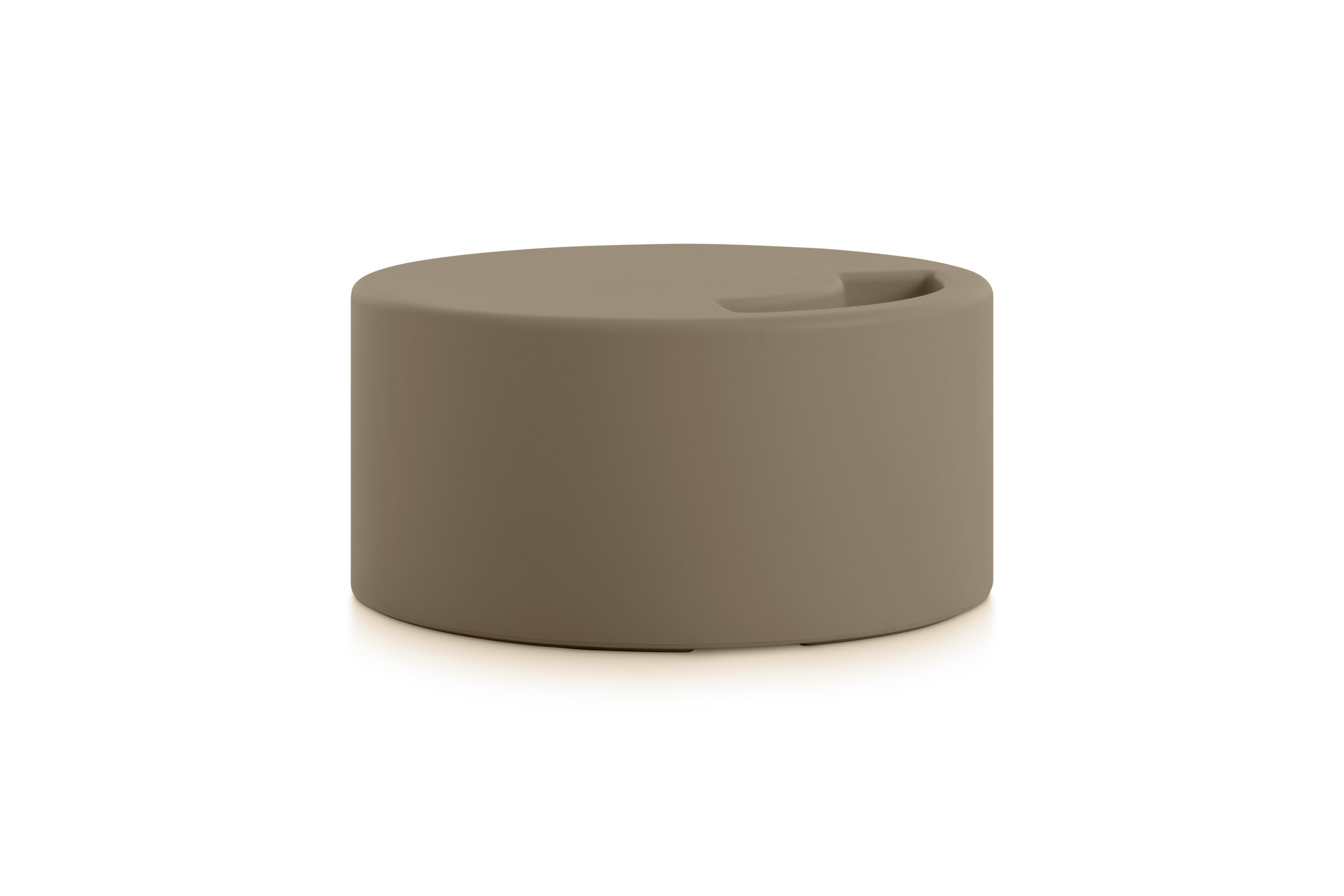
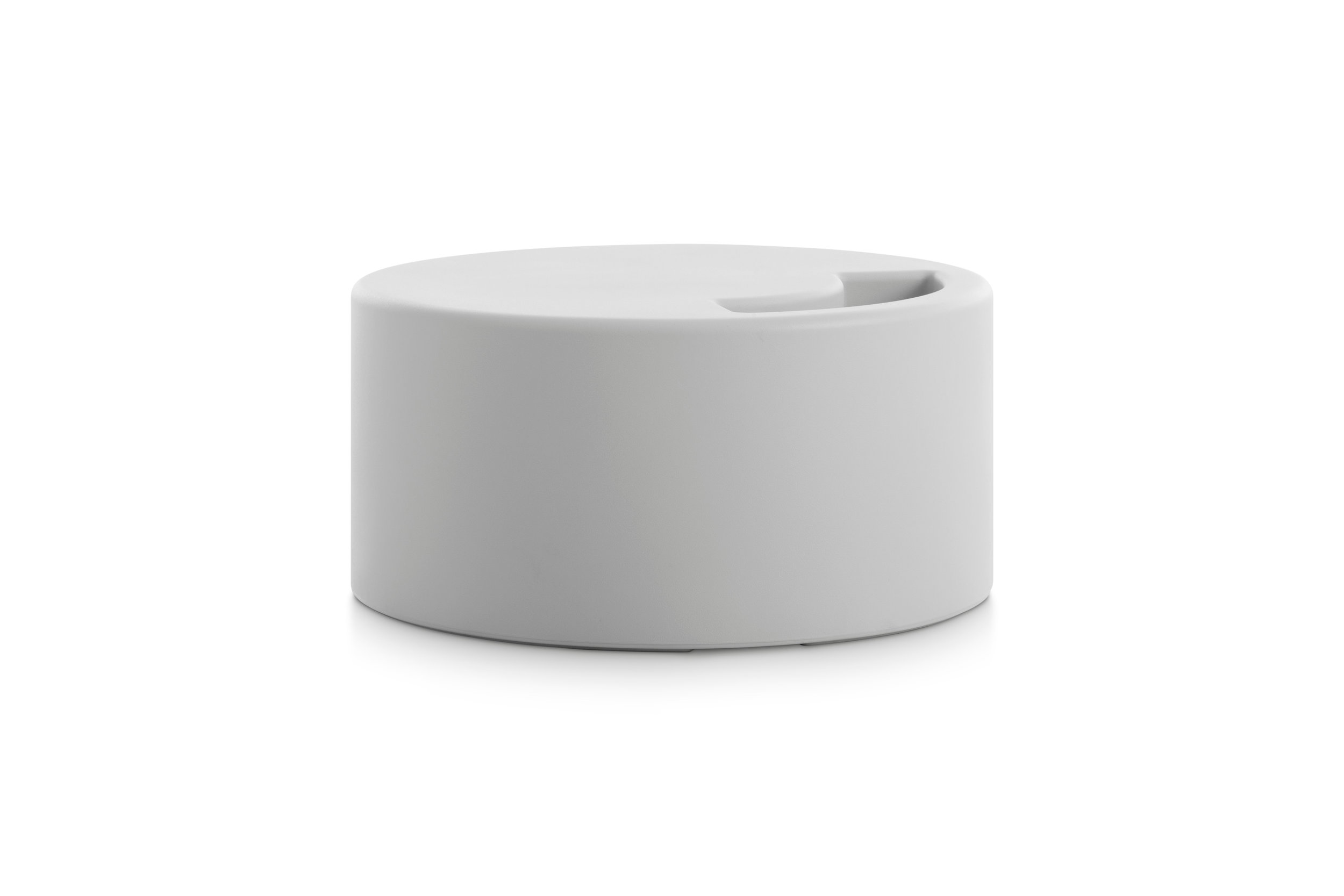



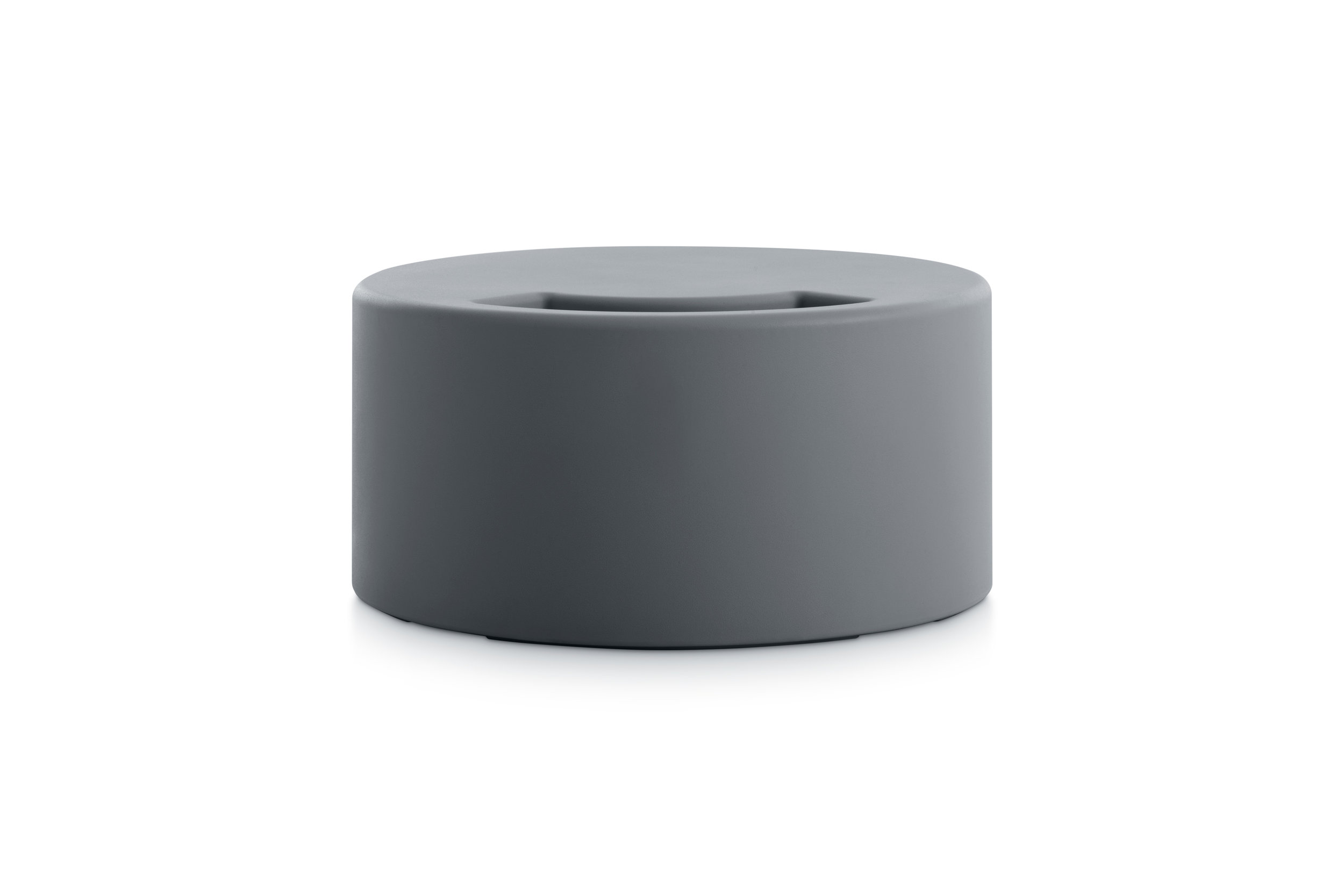

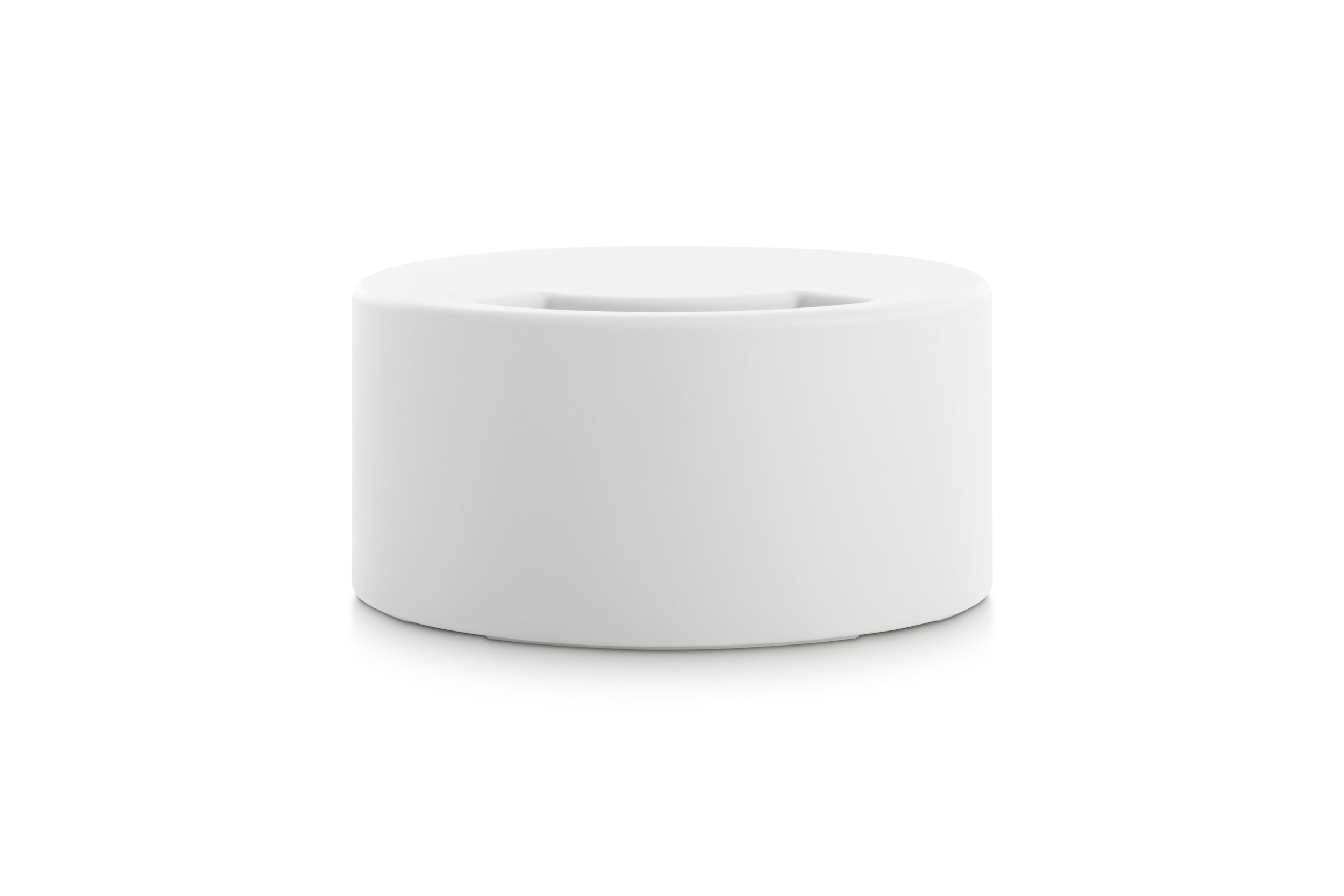
Designed originally for GANDIABLASCO the Lipstick collection now forms part of the Diabla catalogue with new versions available in an unusual and varied colour palette that ranges from neutral tones to more daring ones, such as red and pink.
A NEW BRAND WITH HUGE EXPERIENCE BEHIND IT
DIABLA DIABLA is a new brand of outdoor furniture, accessories, and complimentary items. The designs are typically casual, original and creative, with new formulas for enjoying outdoor living in all kinds of settings and at any time of year. DIABLA is a brand with an inspiring attitude that offers creative ideas for stylish settings. The bold, colourful designs not only contribute something new, but they are also the expression of modern lifestyles.
DIABLA is the third GANDIABLASCO brand, a new business adventure backed by this prestigious firm with close to eight decades of experience in the domestic and international contemporary design sector. The collections are developed with the support of resources and expertise accumulated by GANDIABLASCO regarding the design, production and development culture that prevails in the business. The company entrusted the leadership of this new project to architect and designer Sara Romero, founding partner of the Romero Vallejo studio.
Diabla has its own online shop www.diablaoutdoor.com where its products can be purchased as well as the usual sales points of GANDIABLASCO.
For more details: www.diablaoutdoor.com
